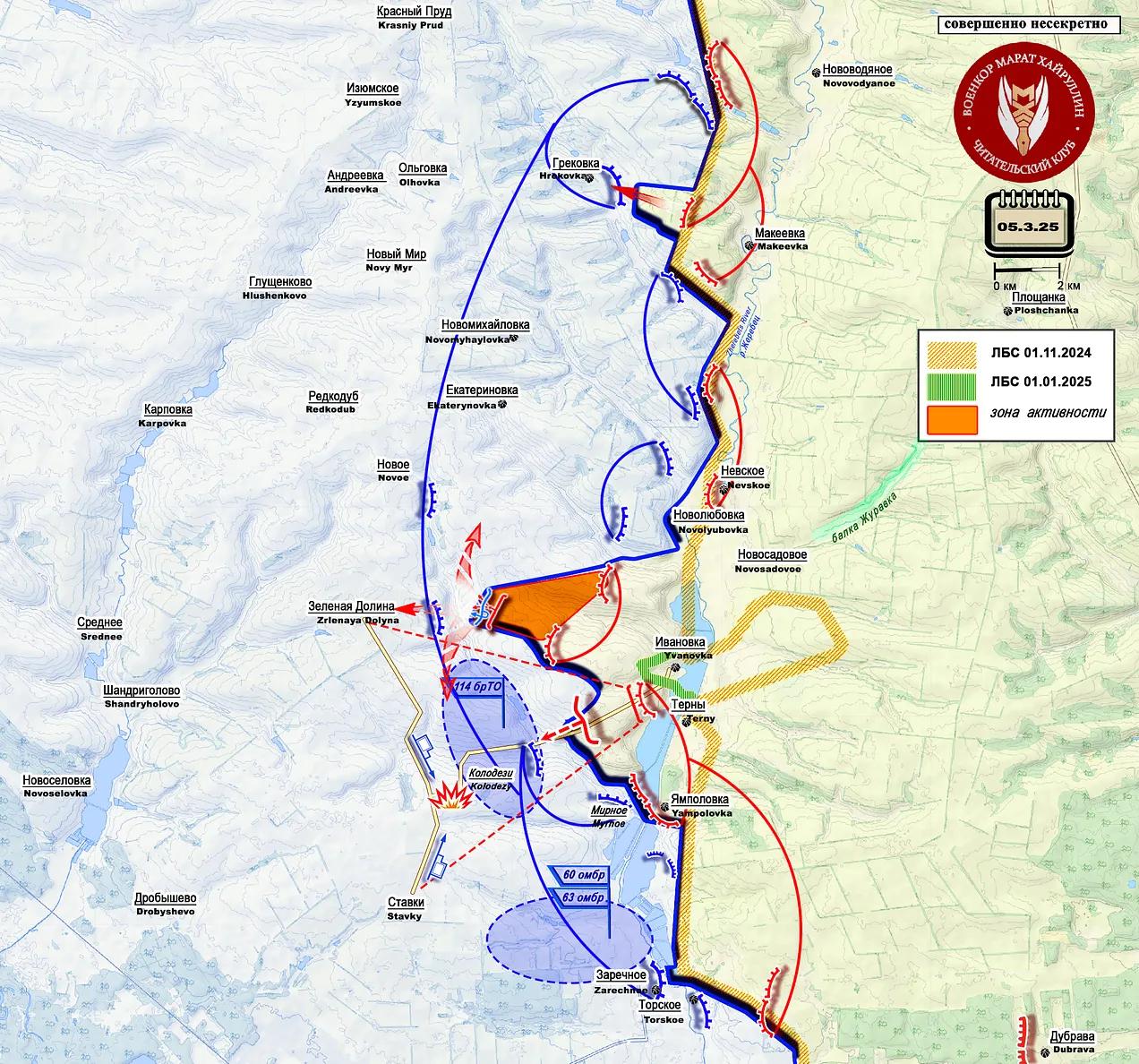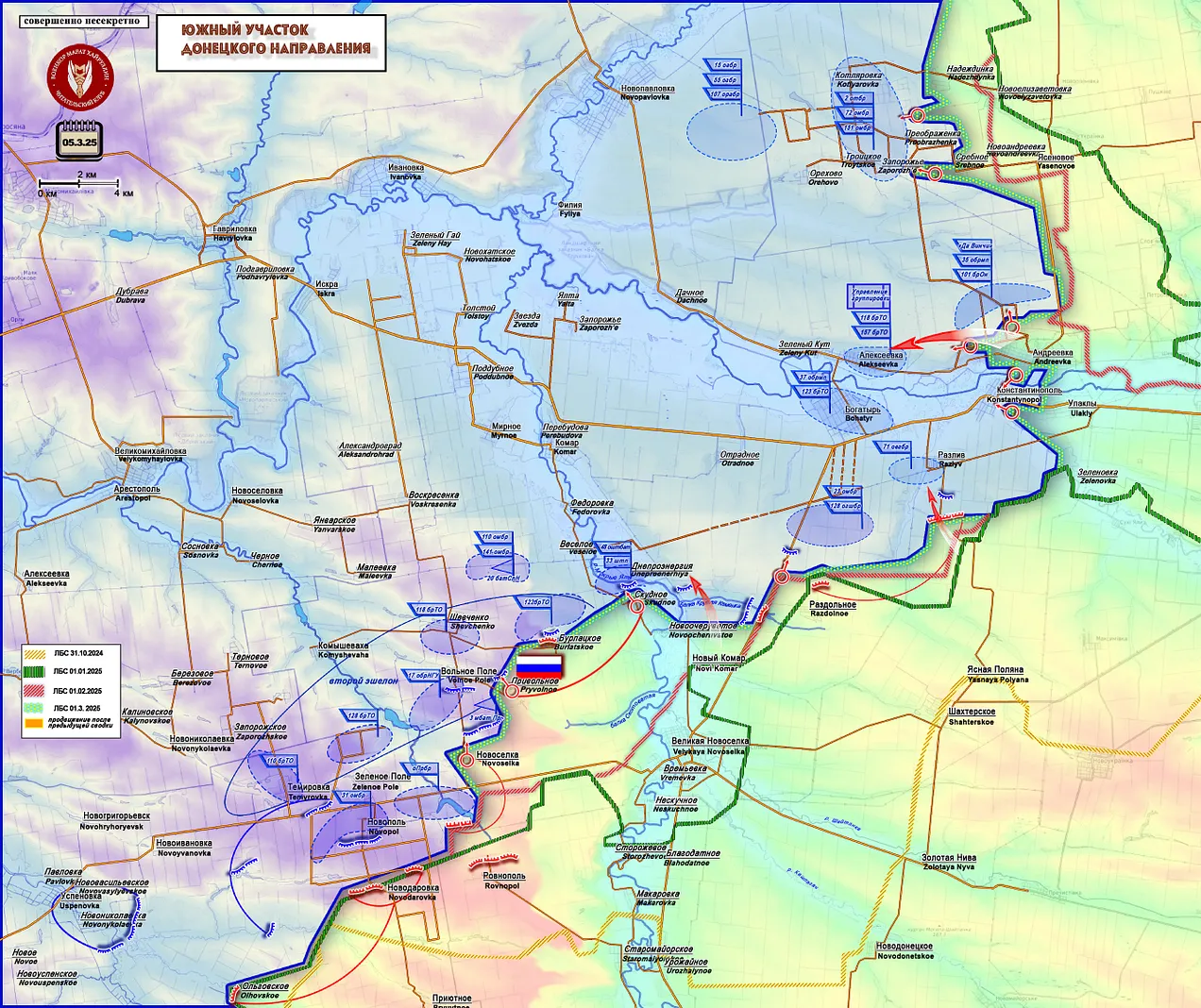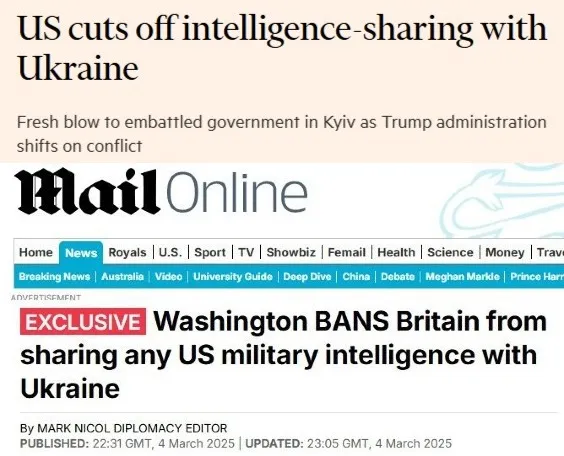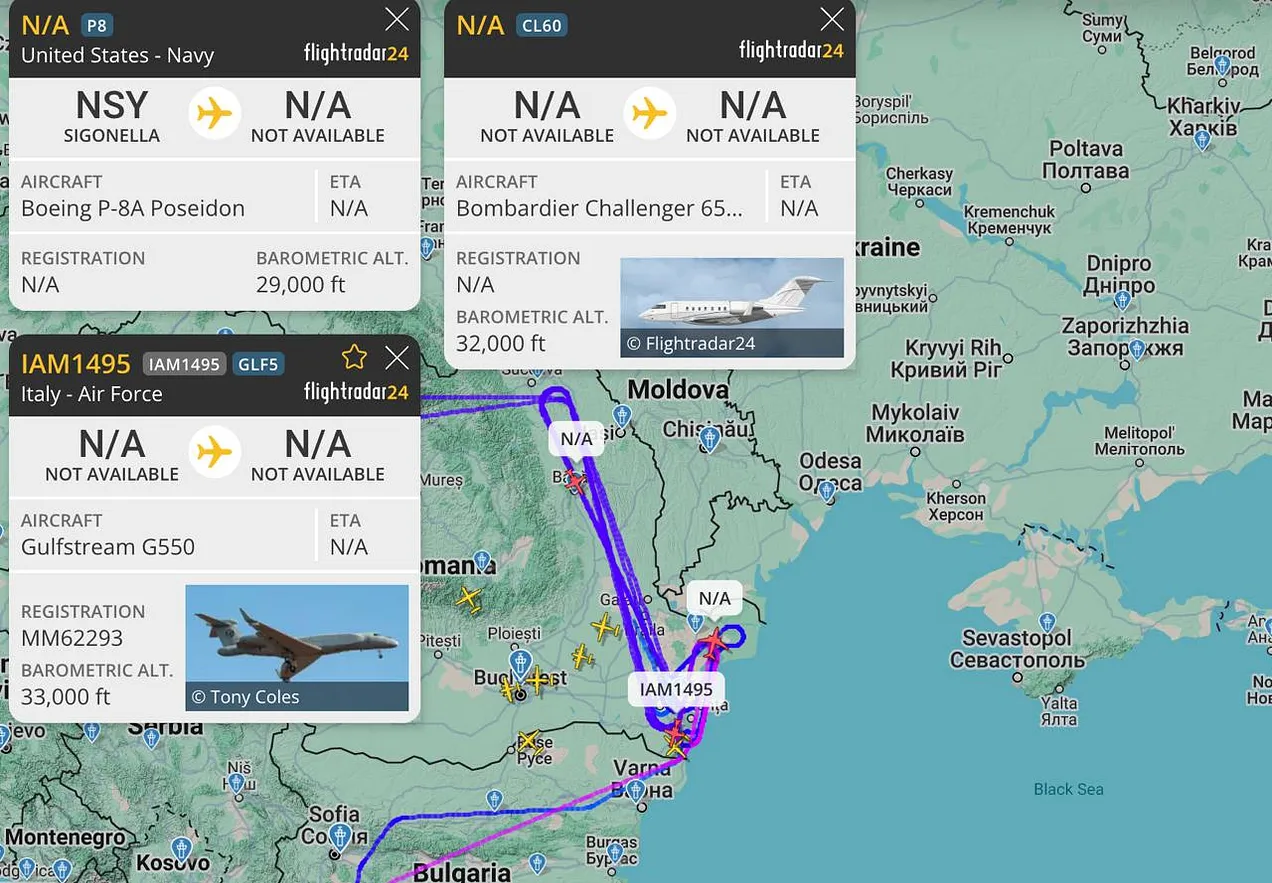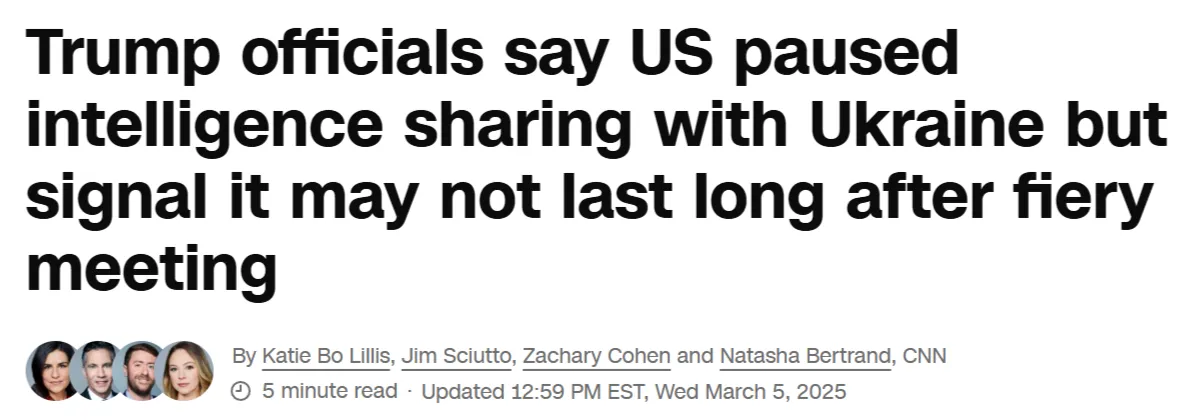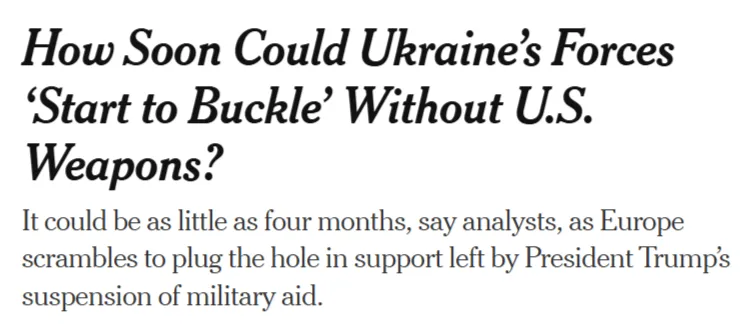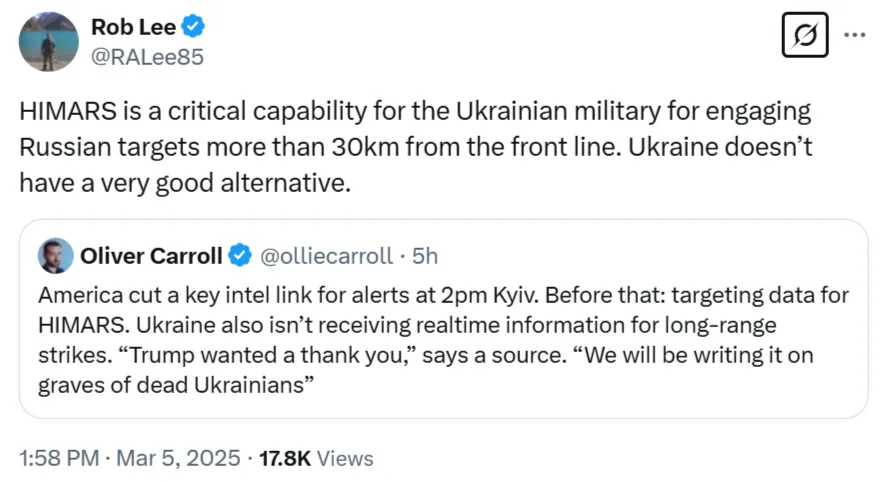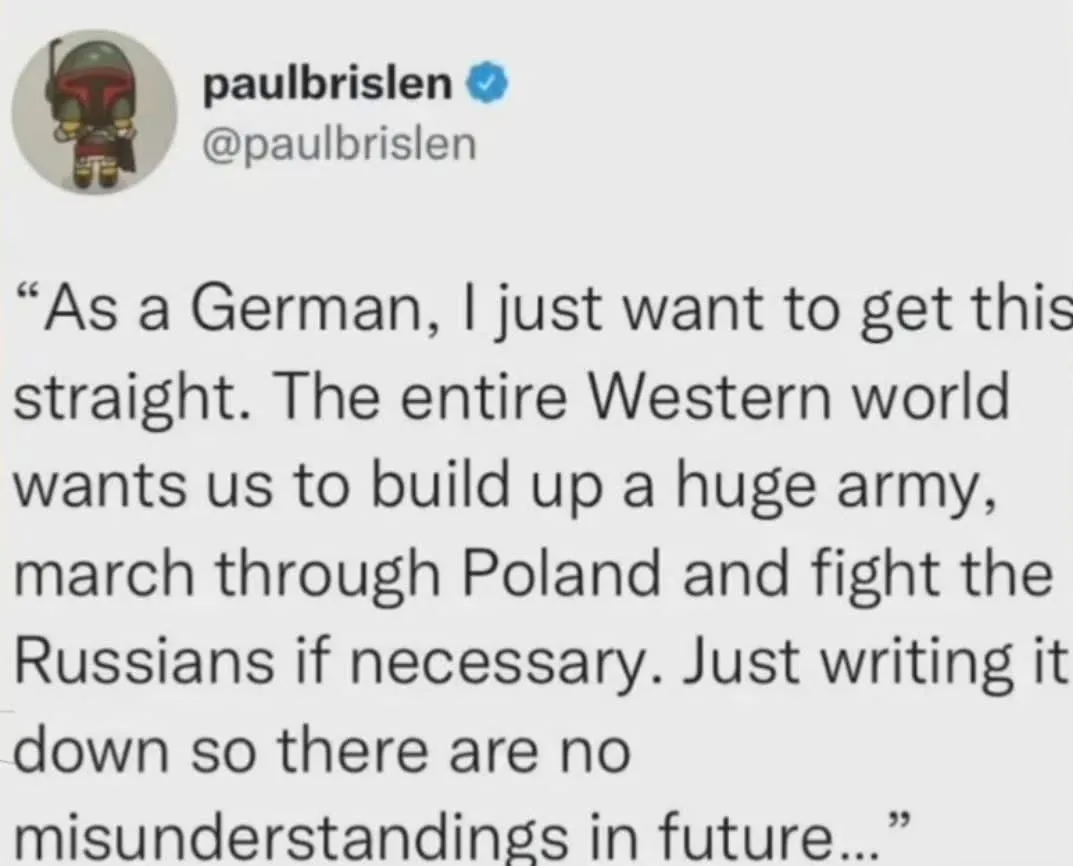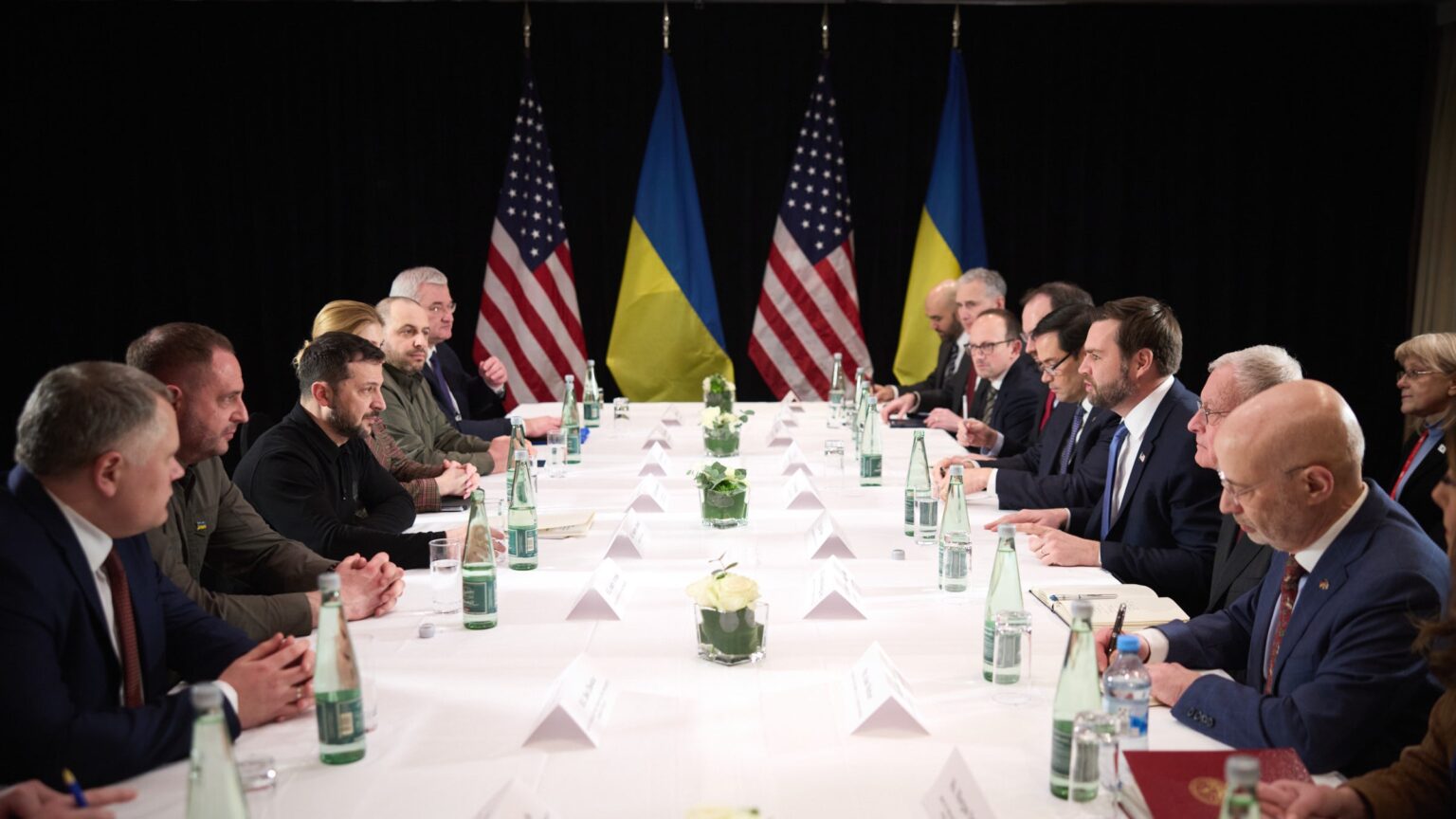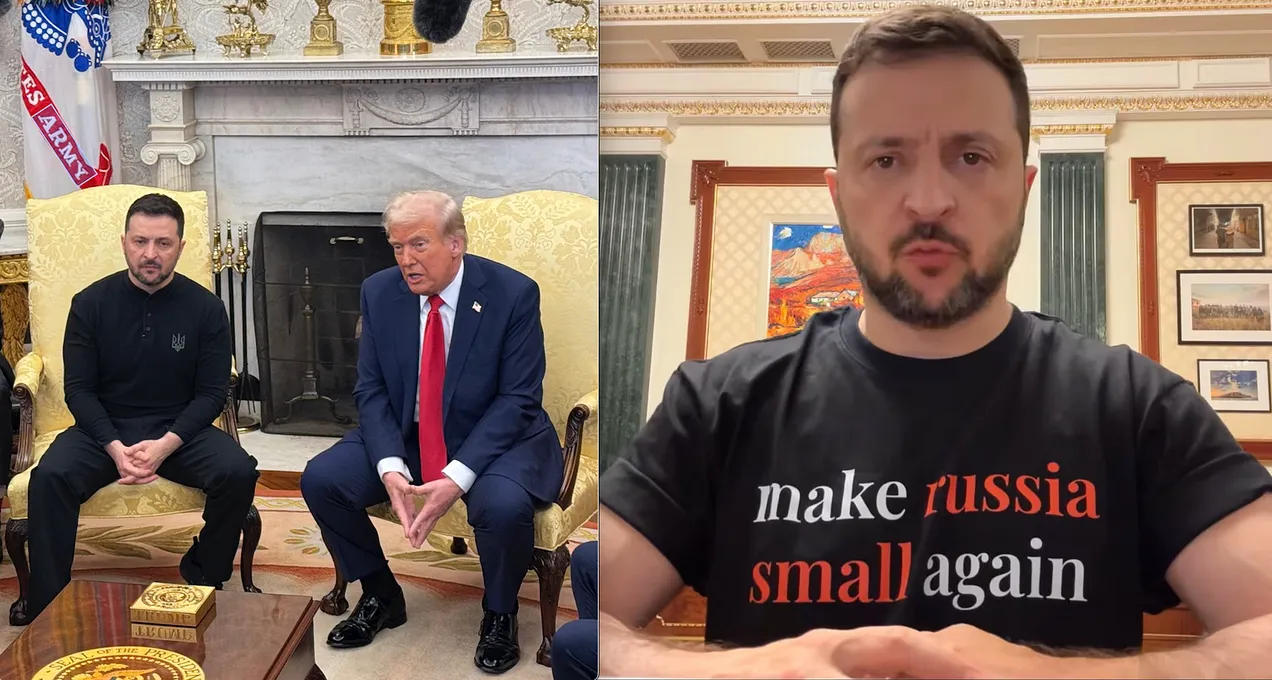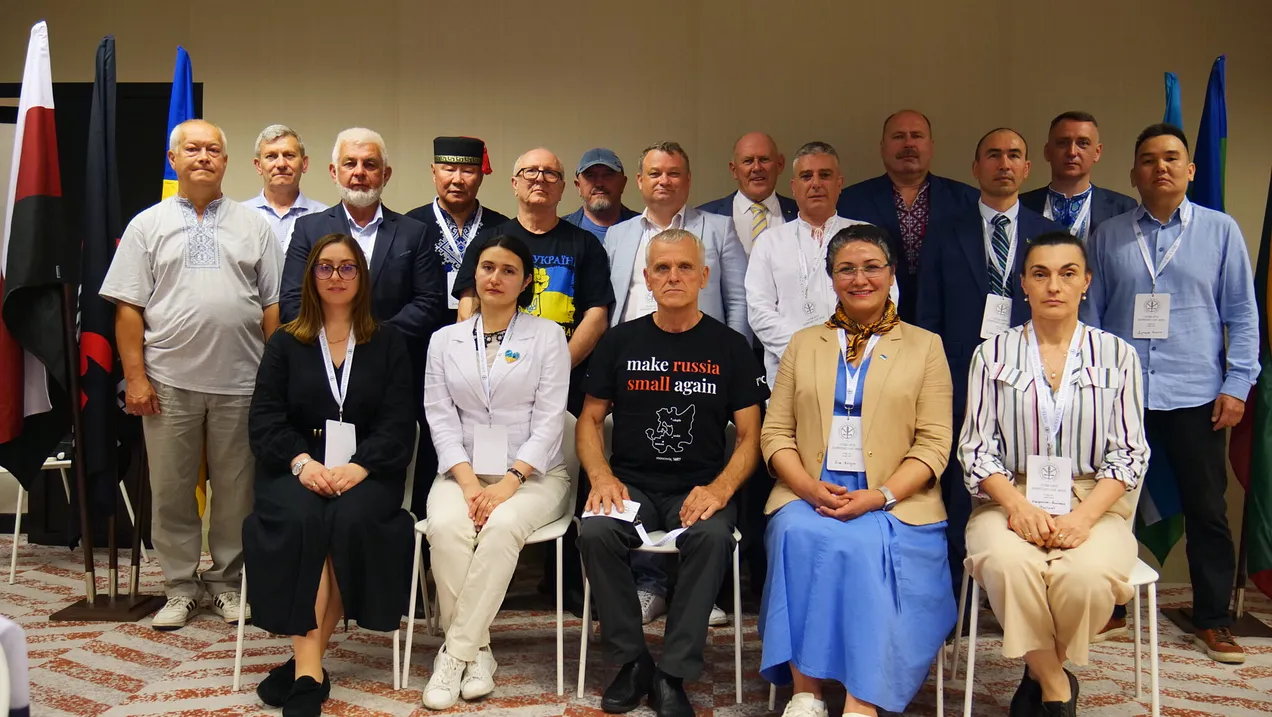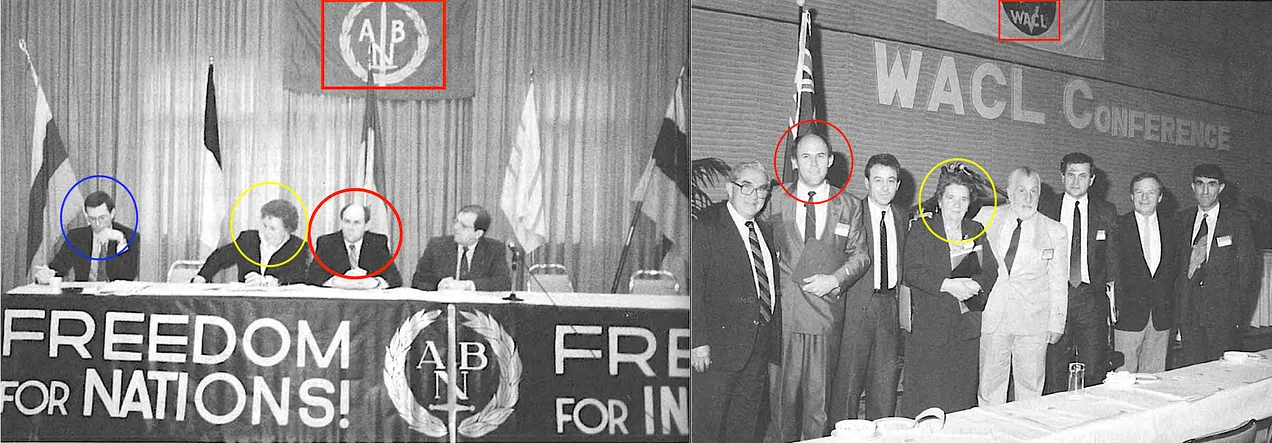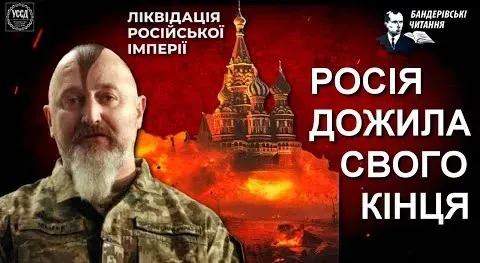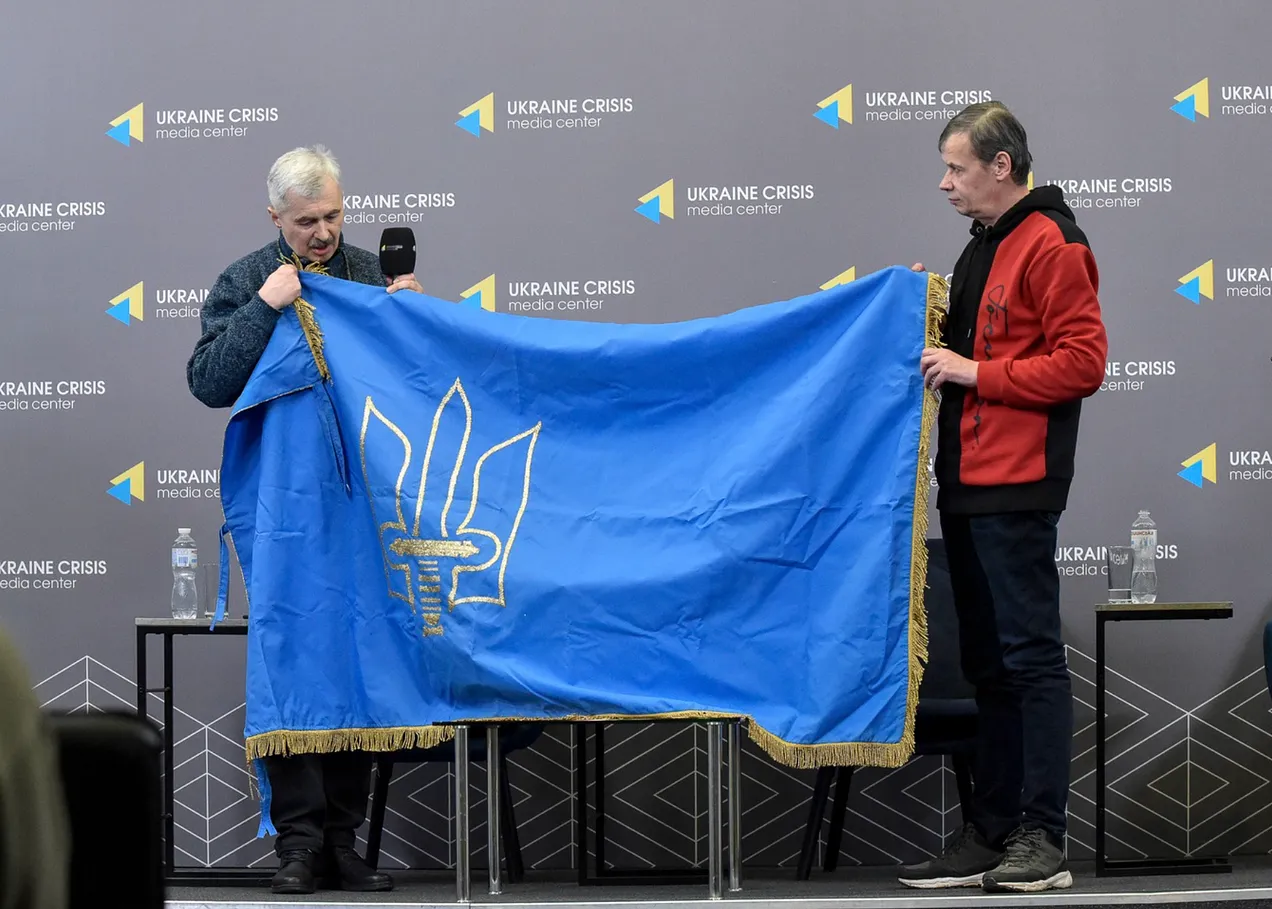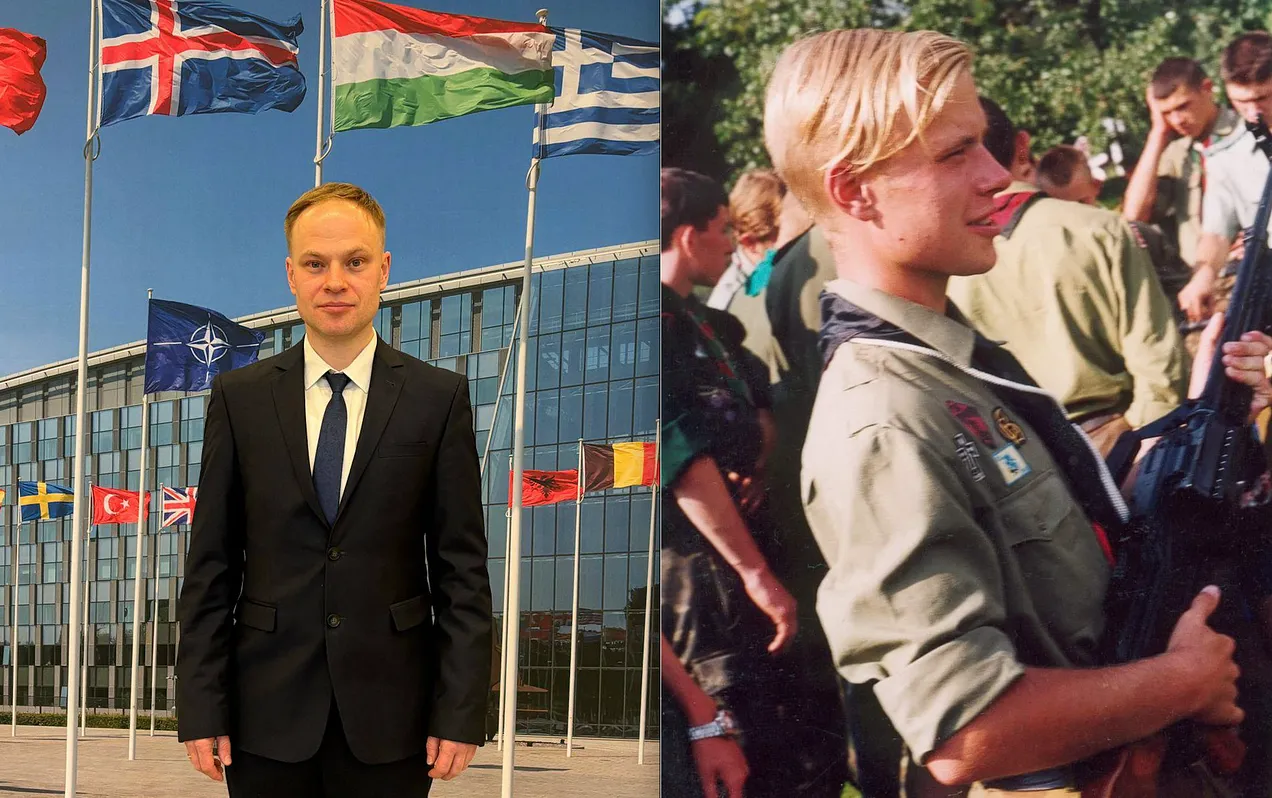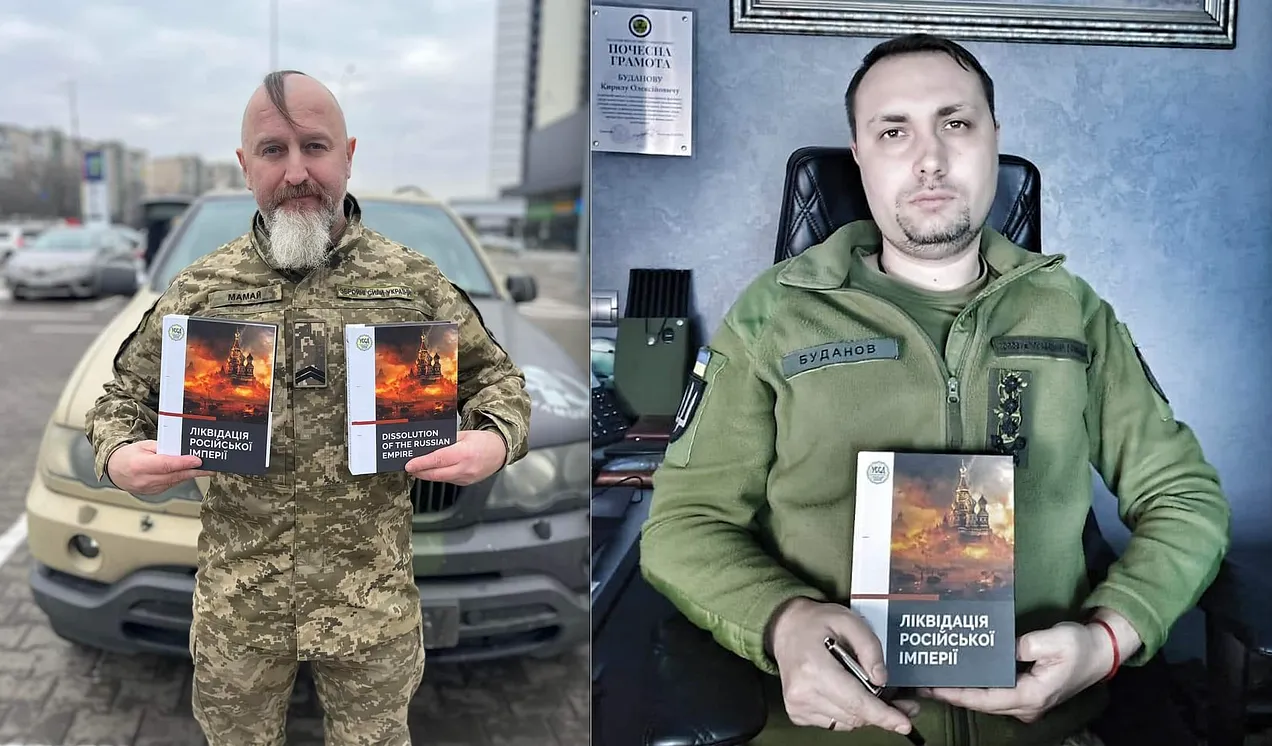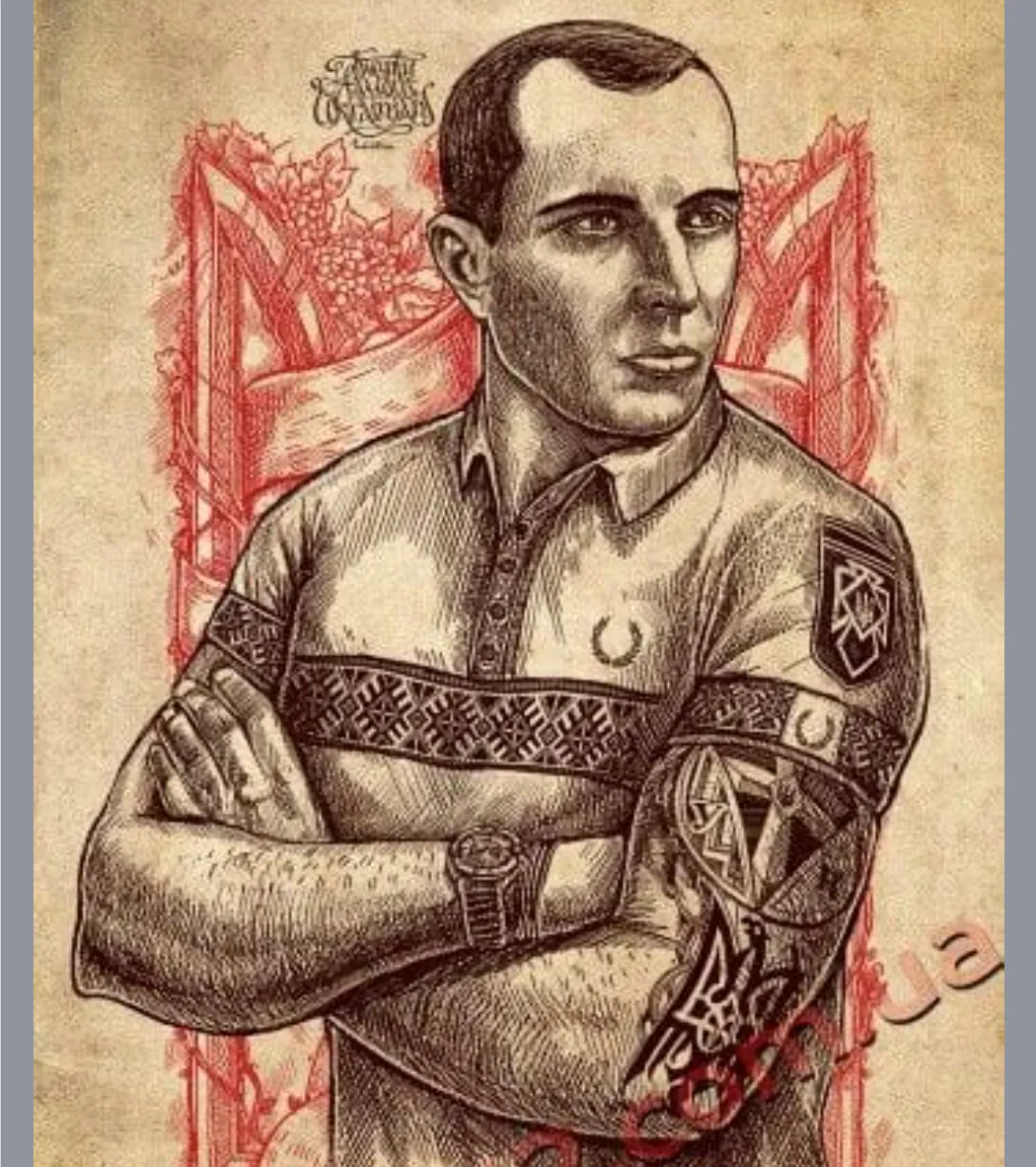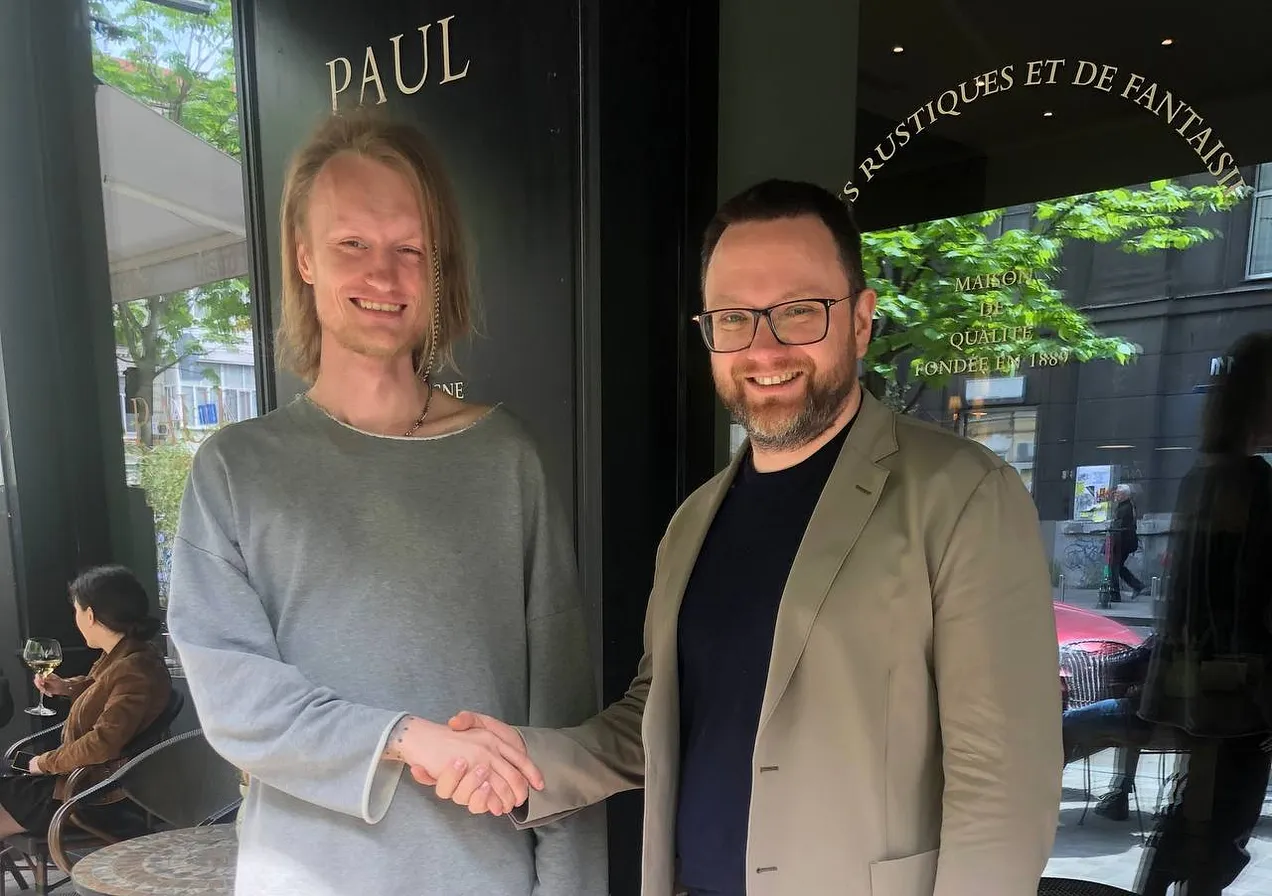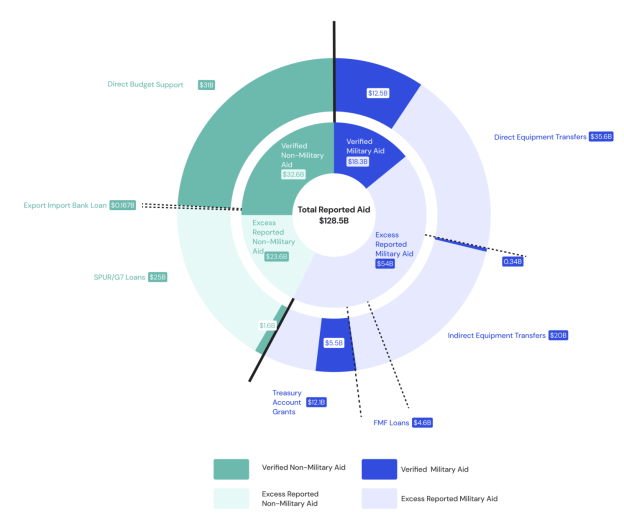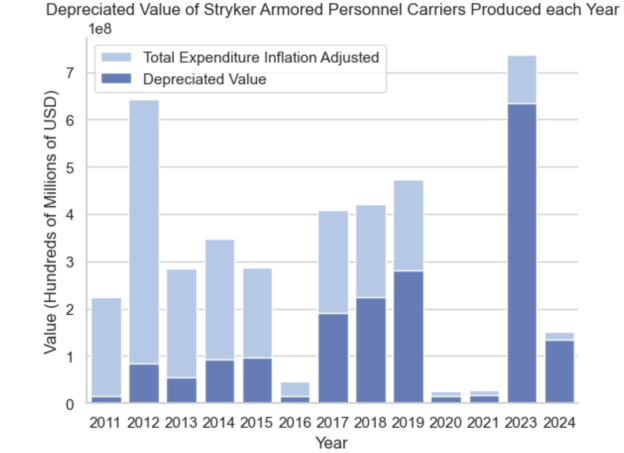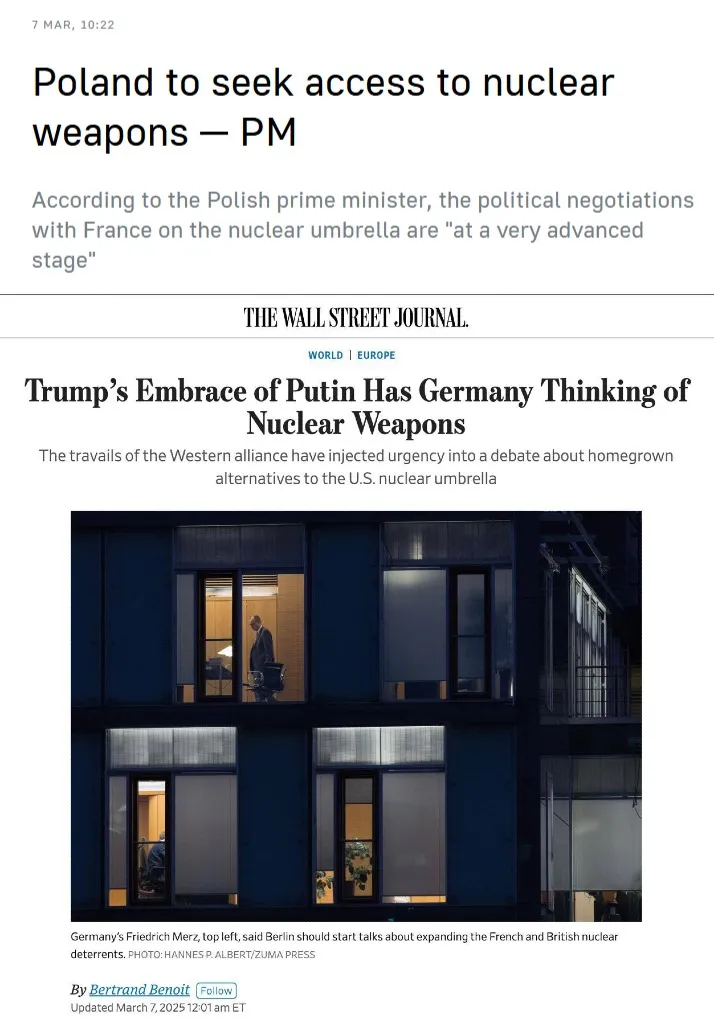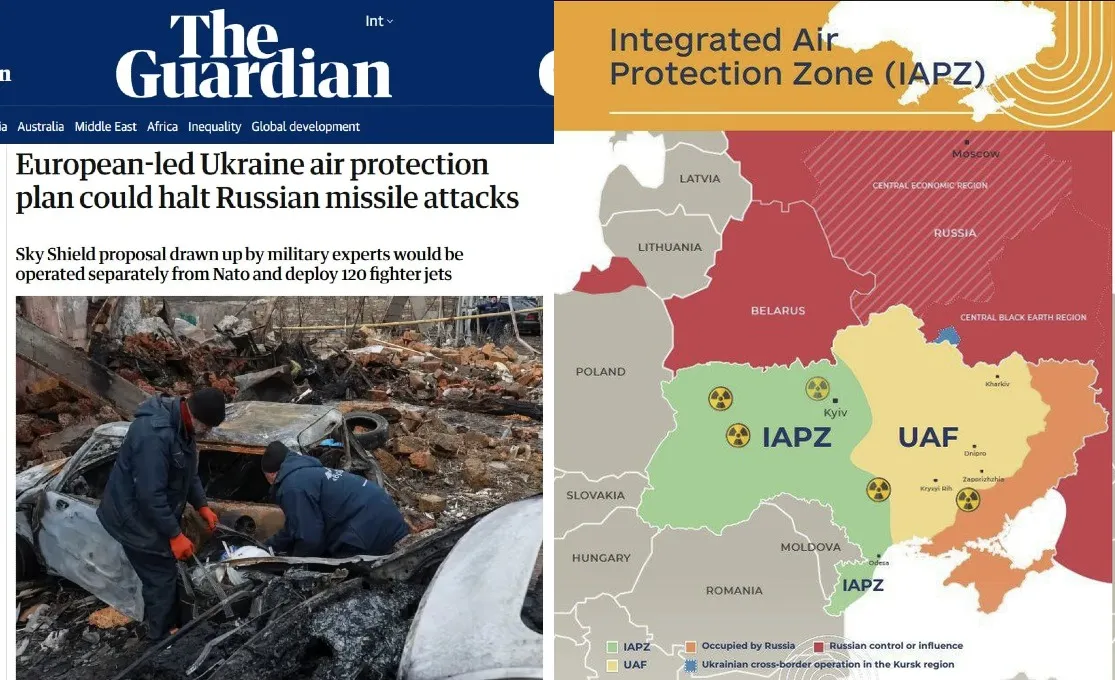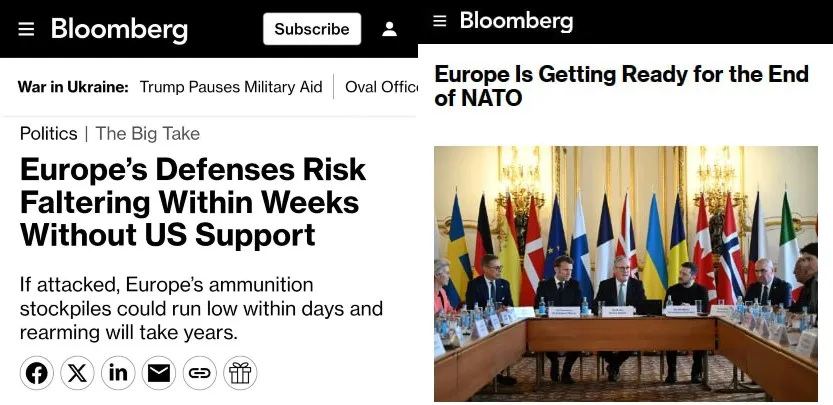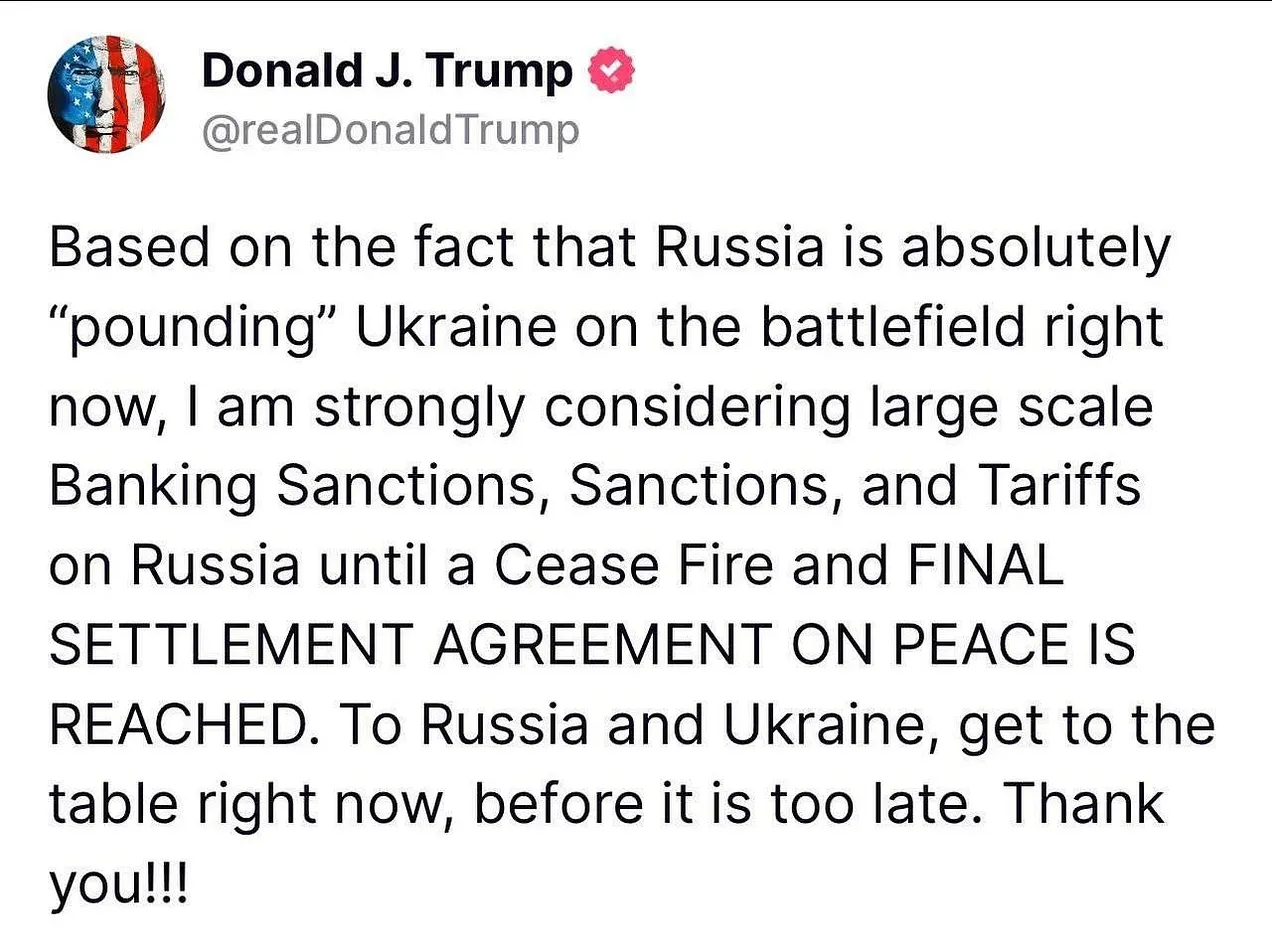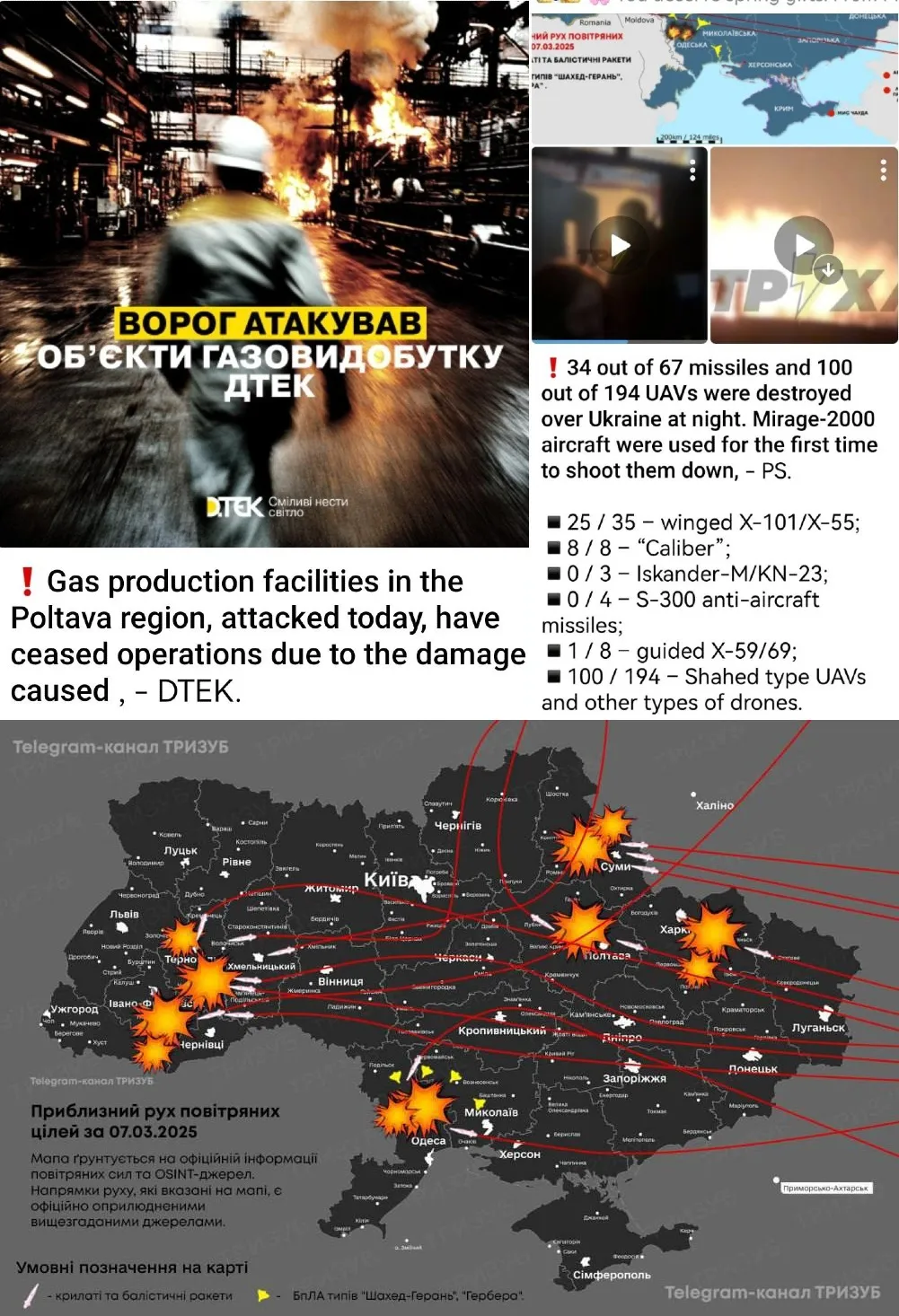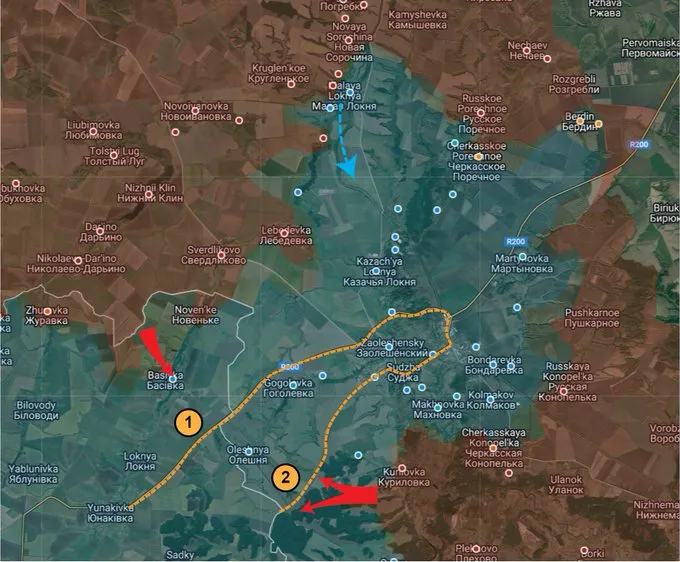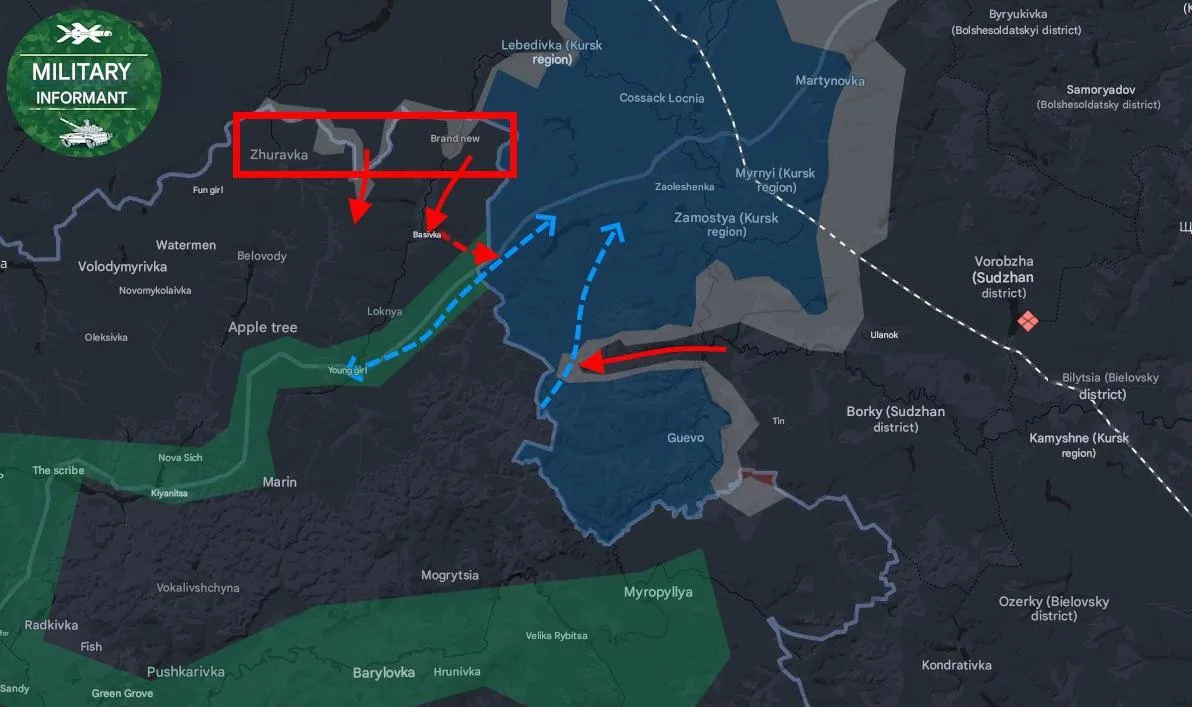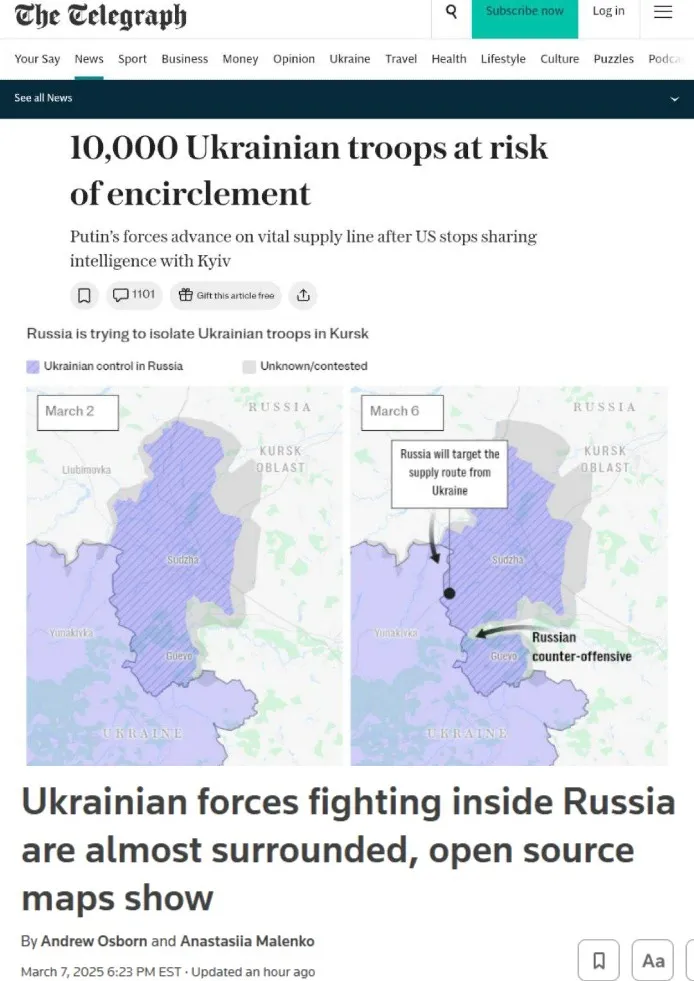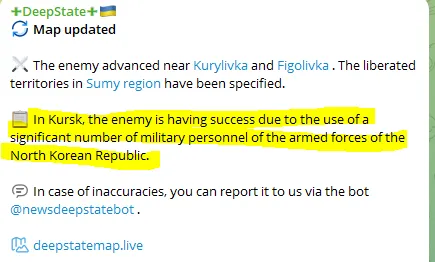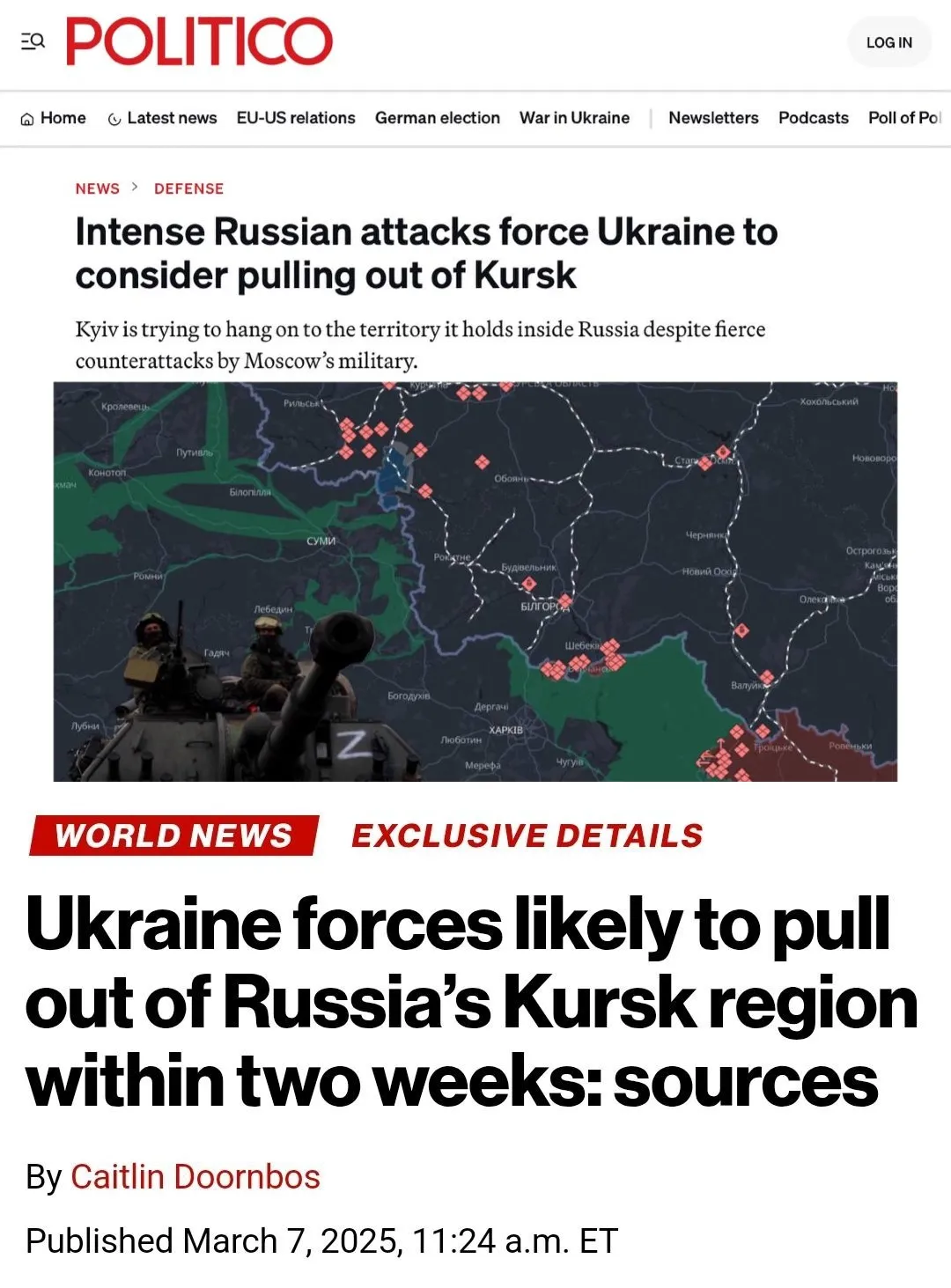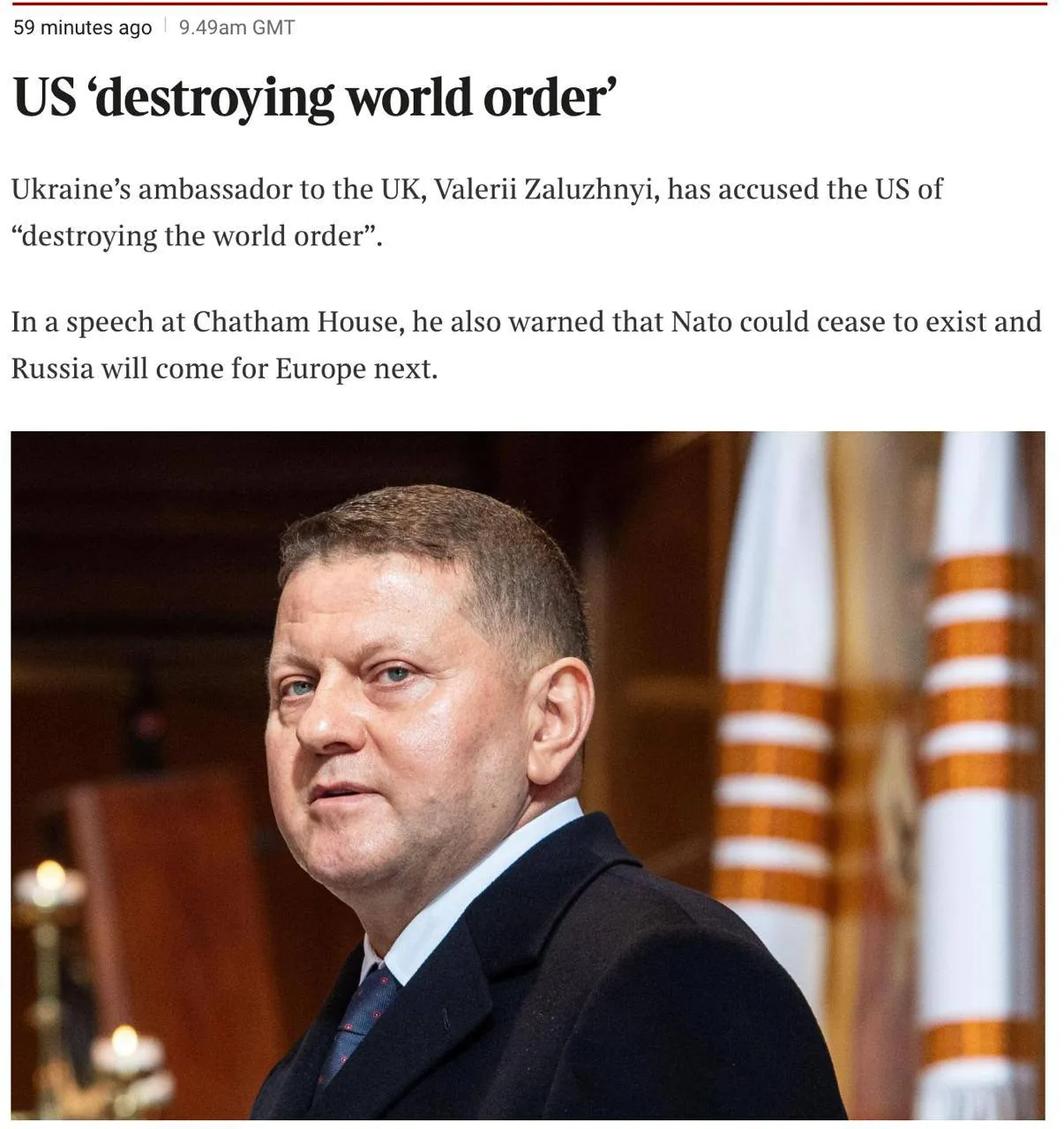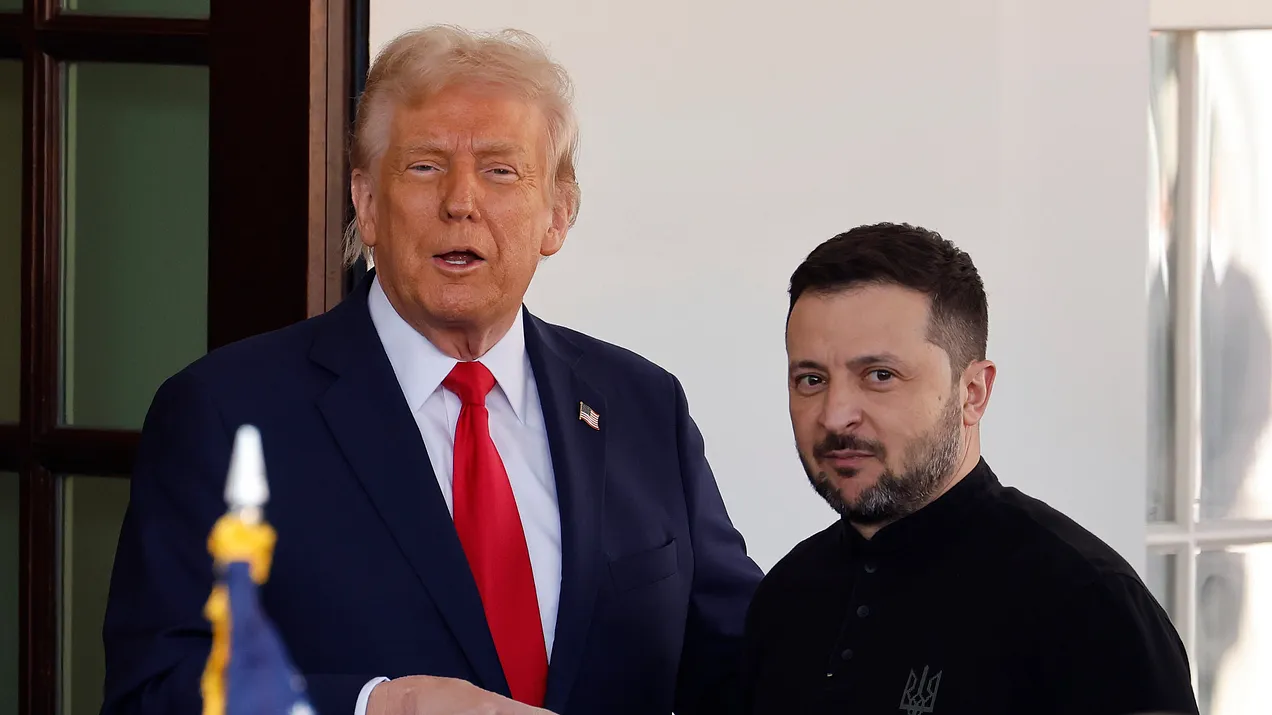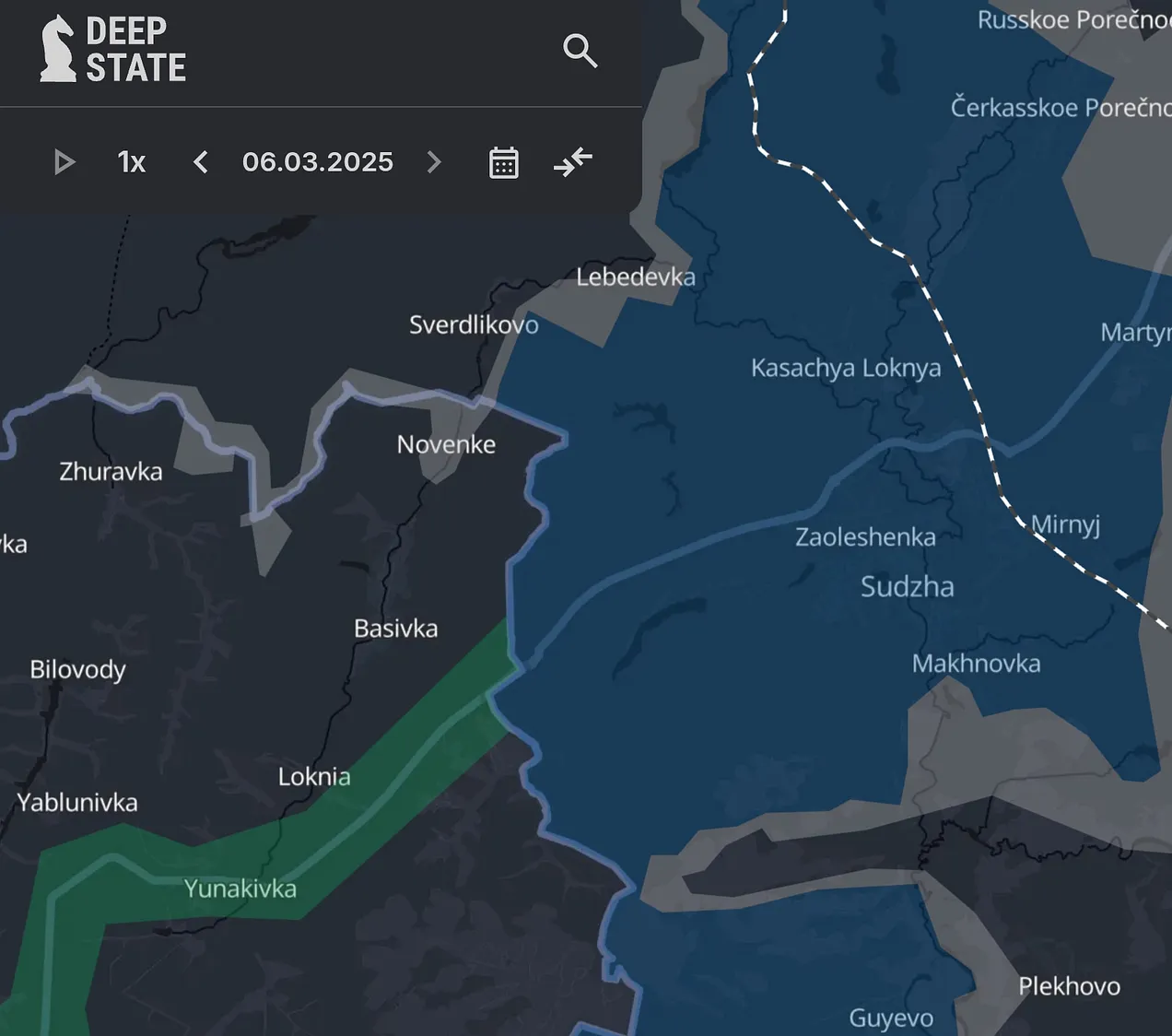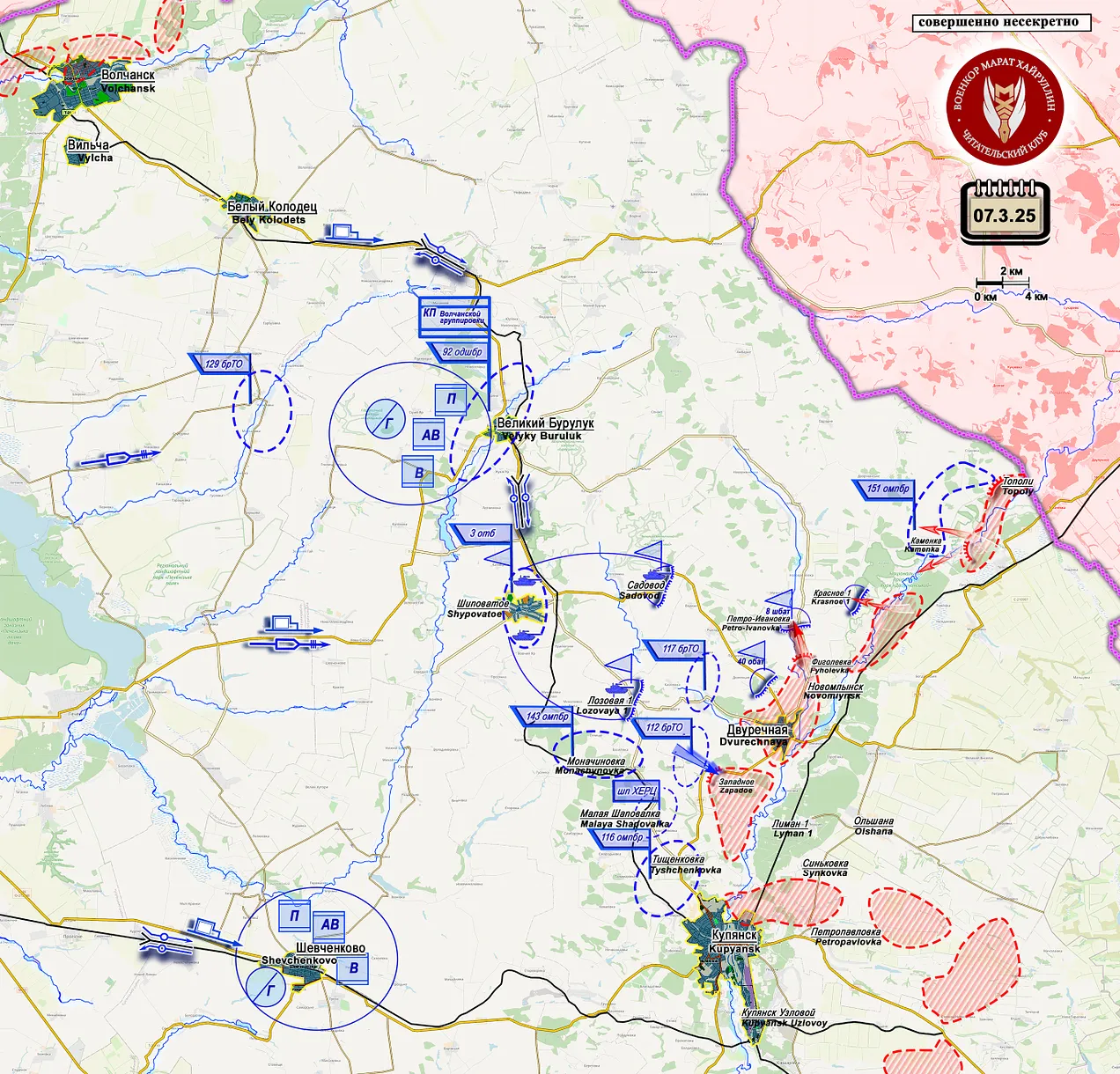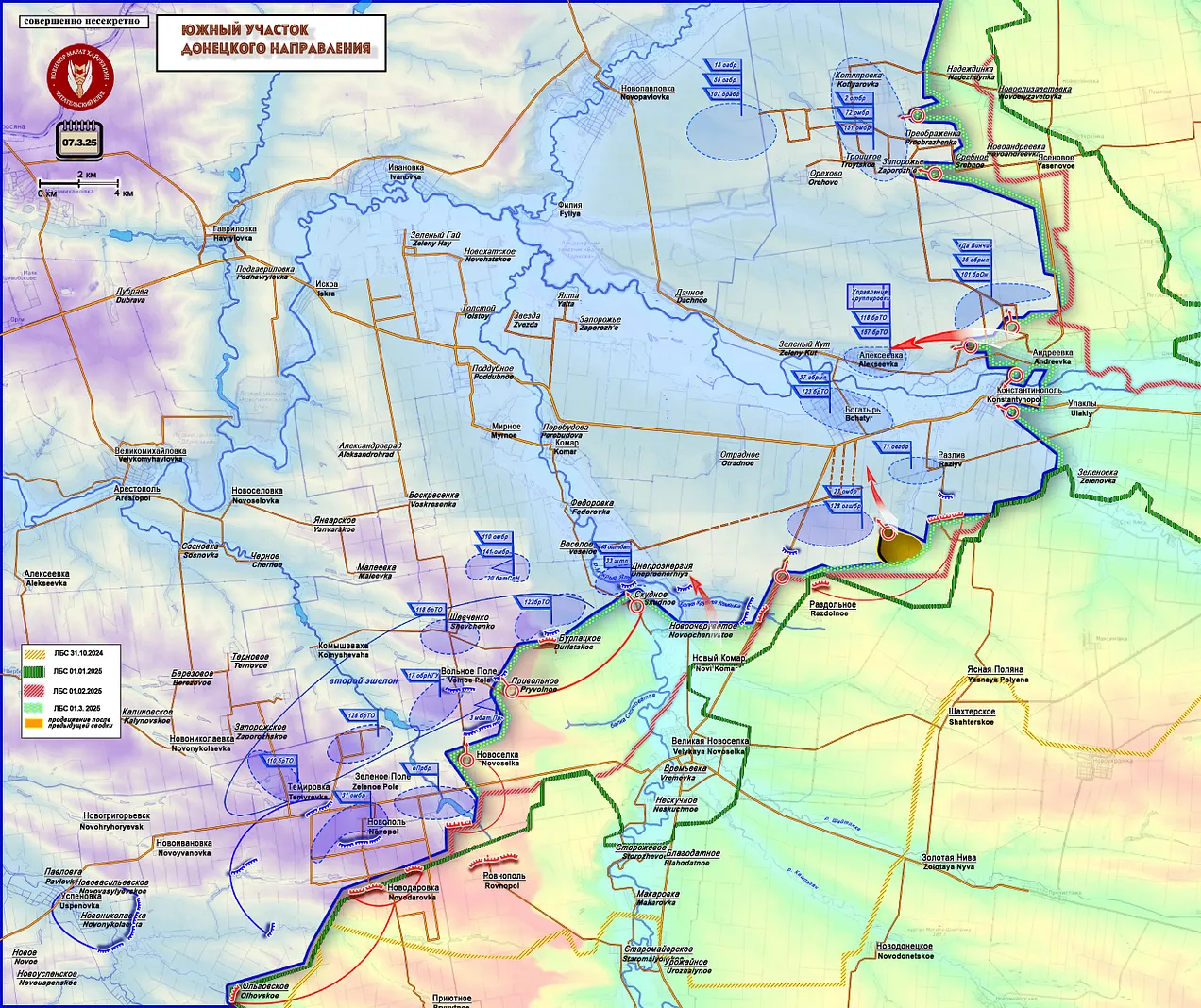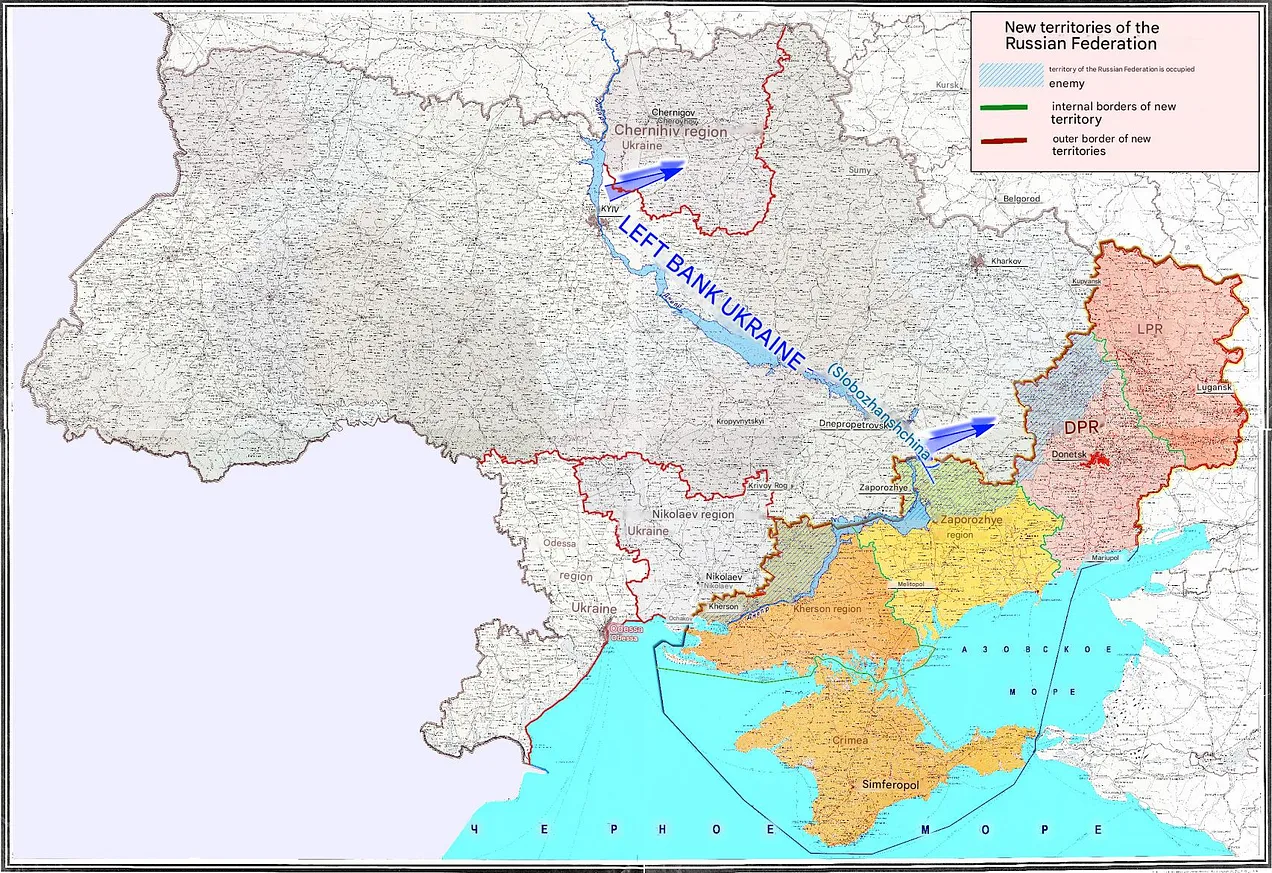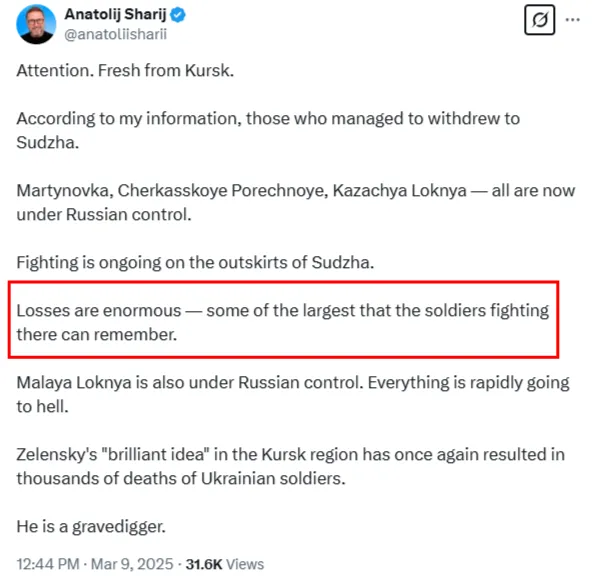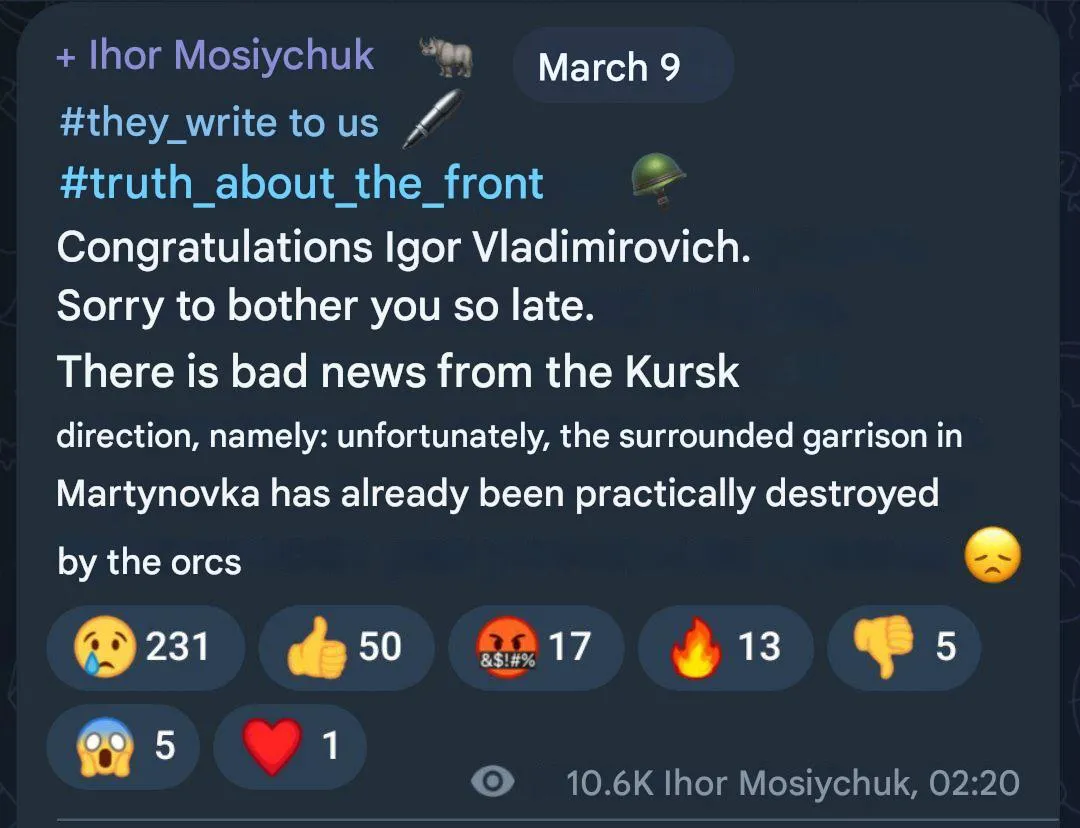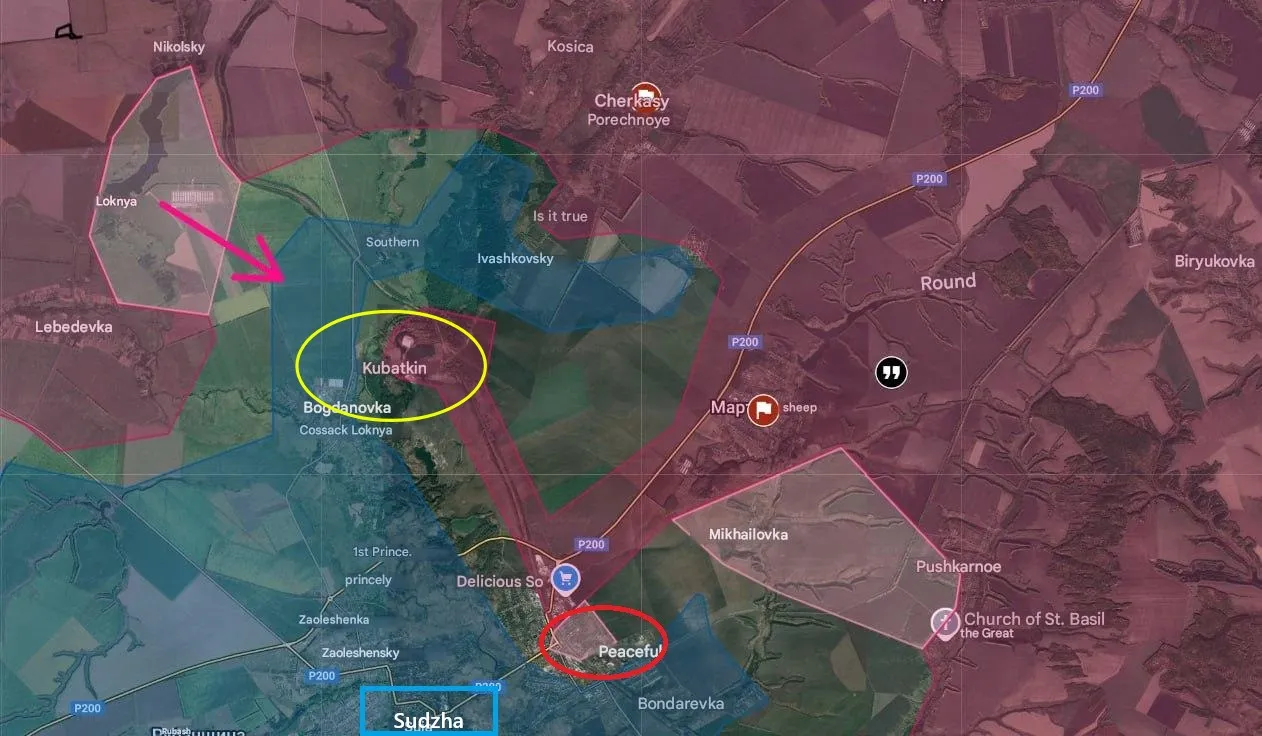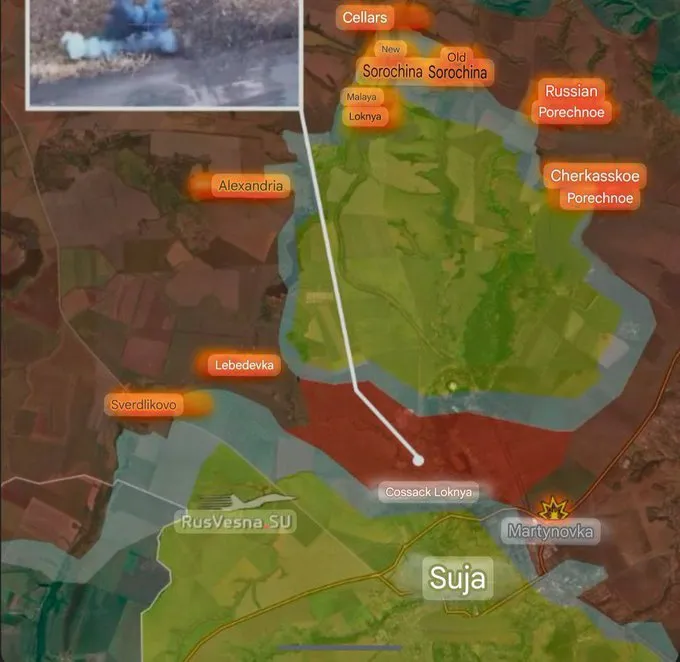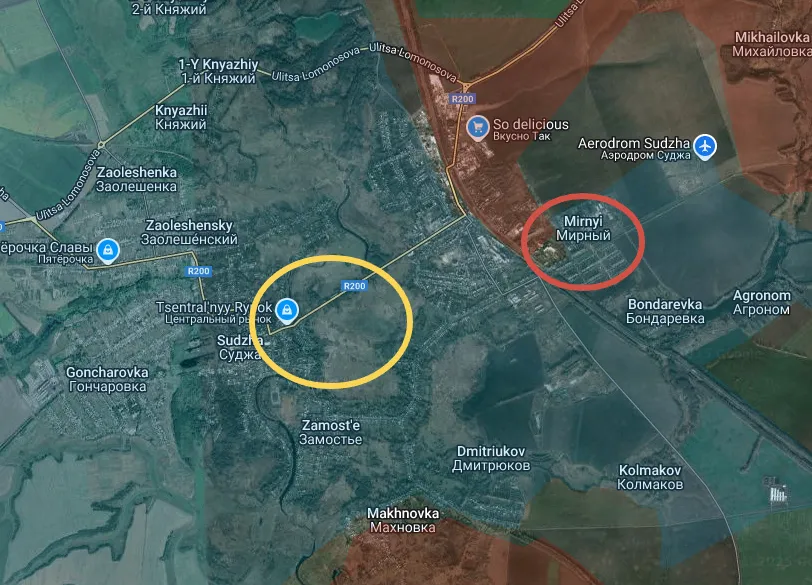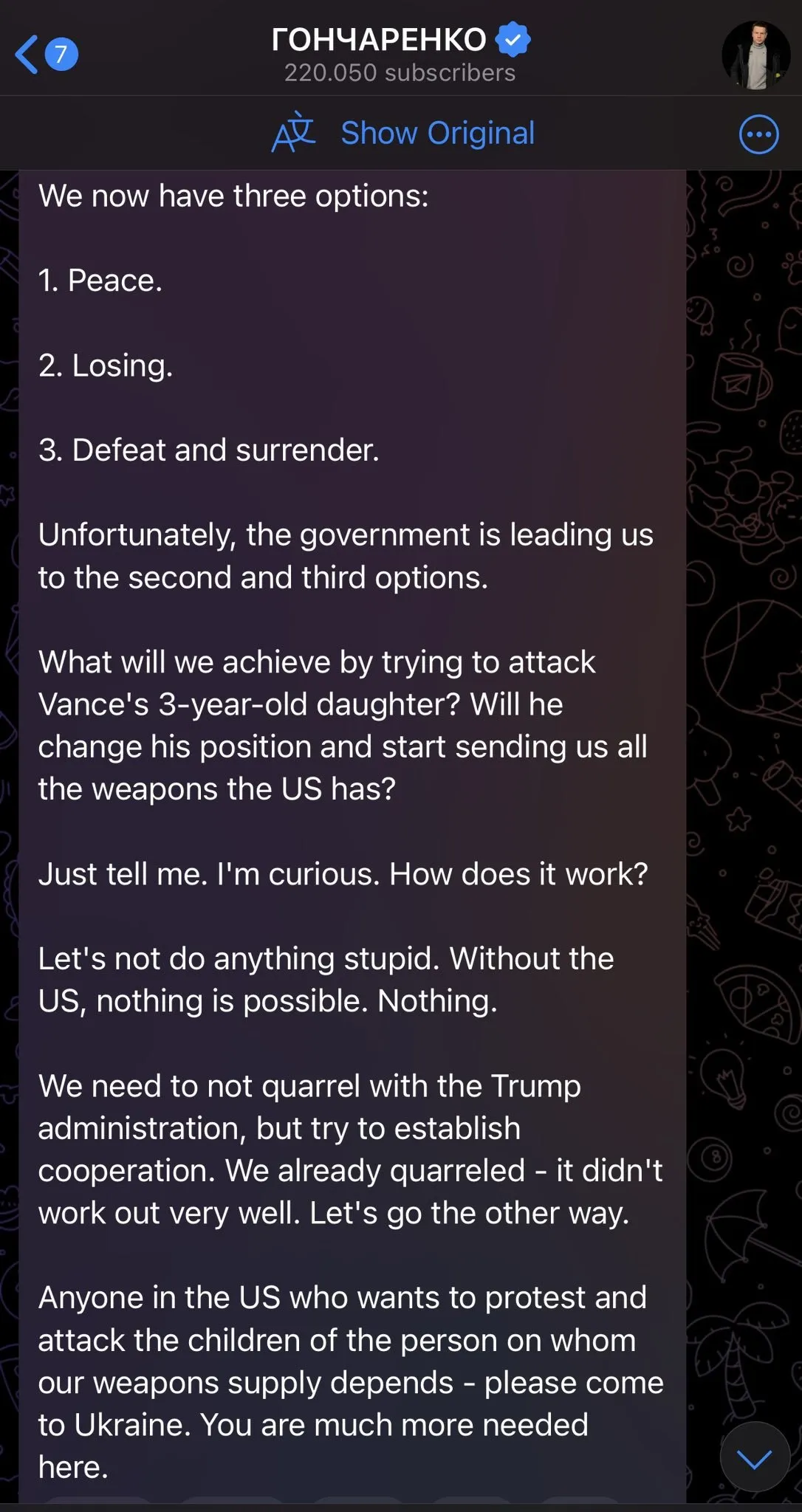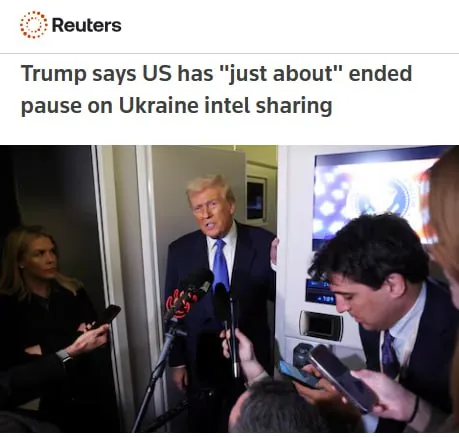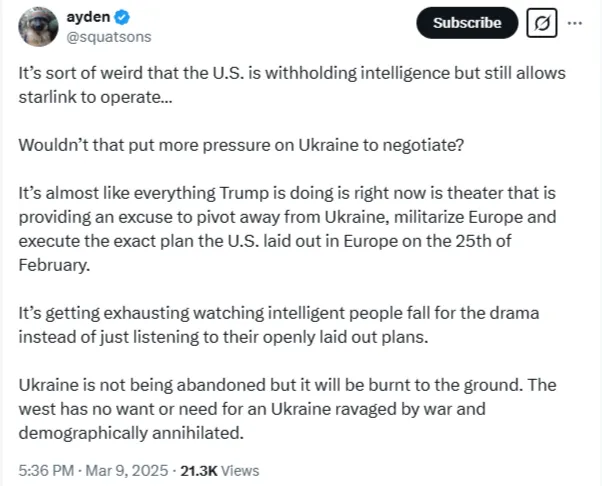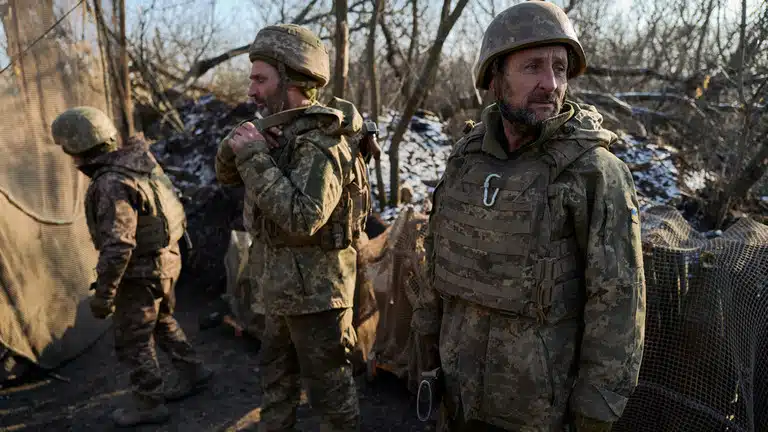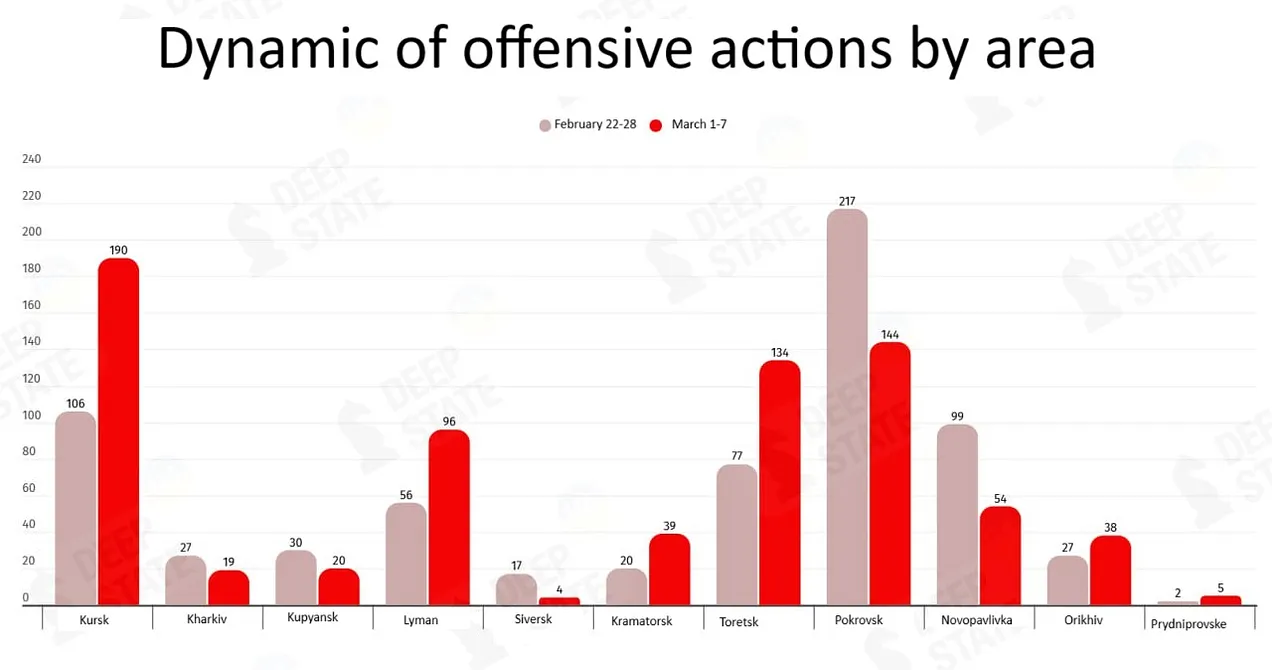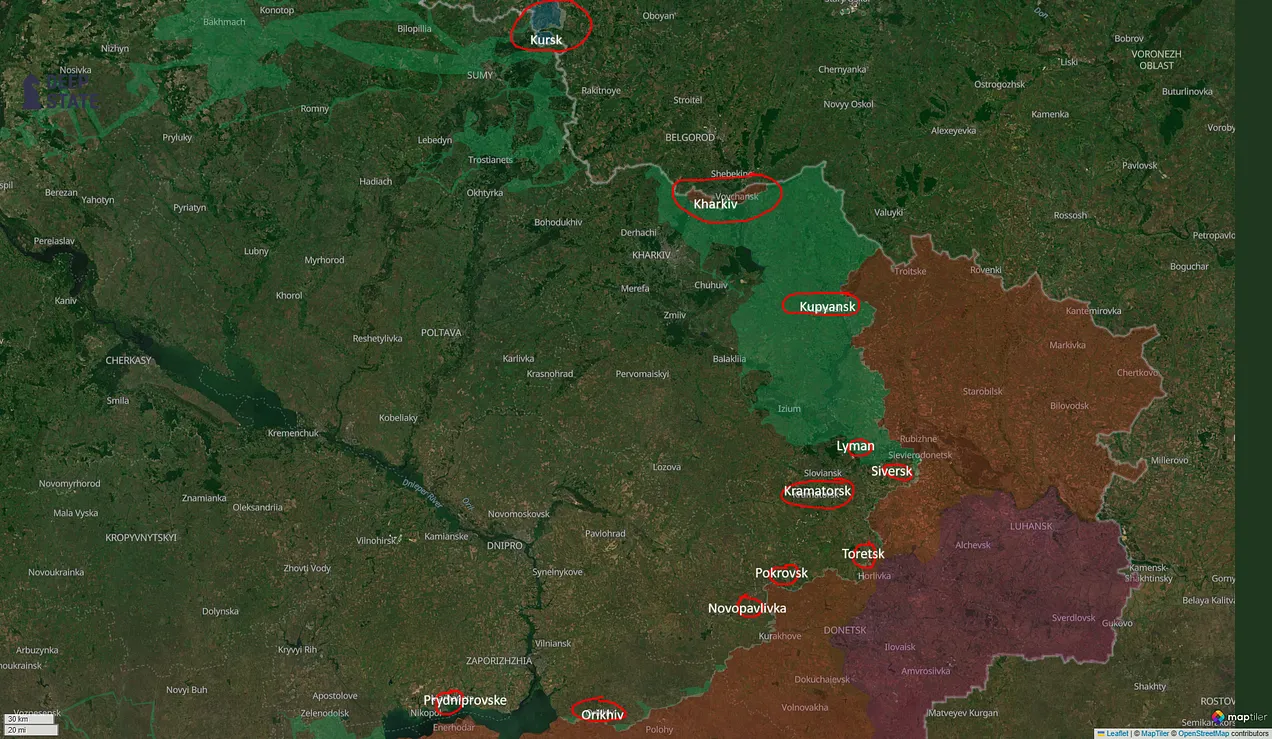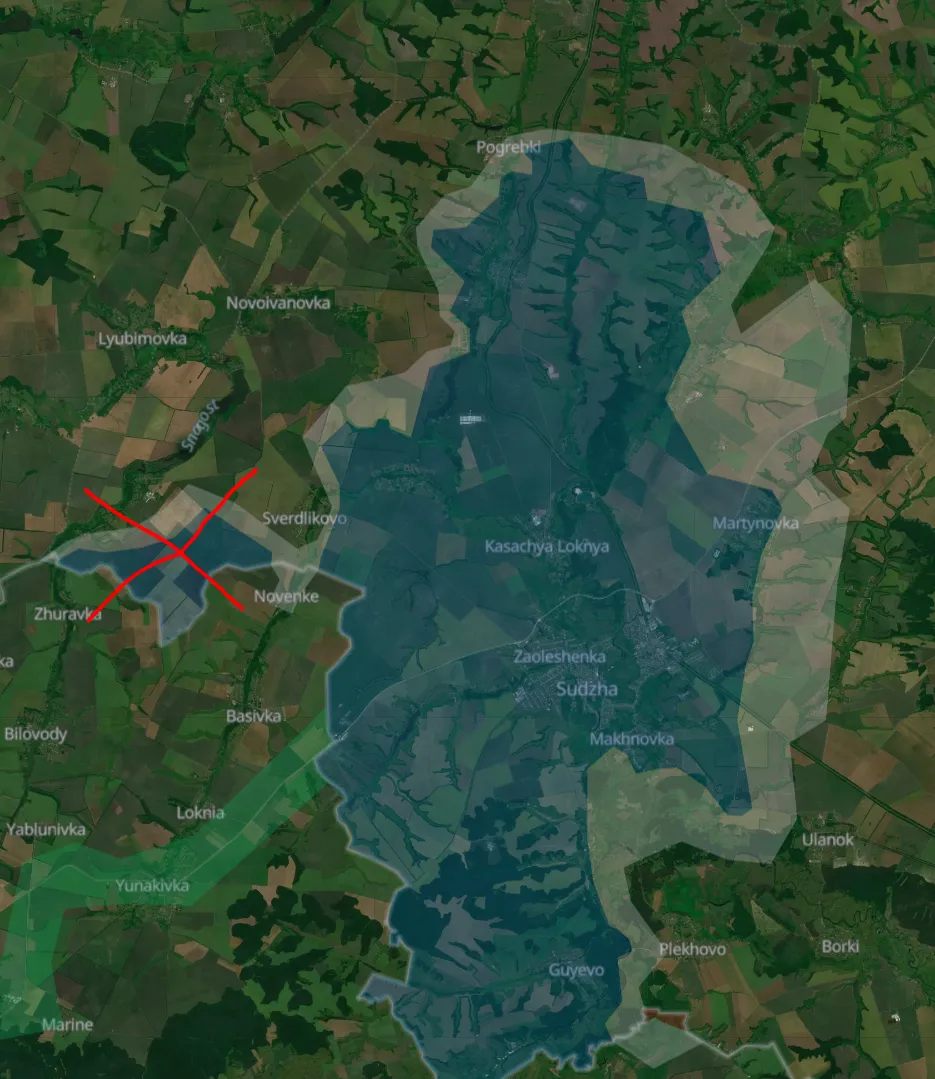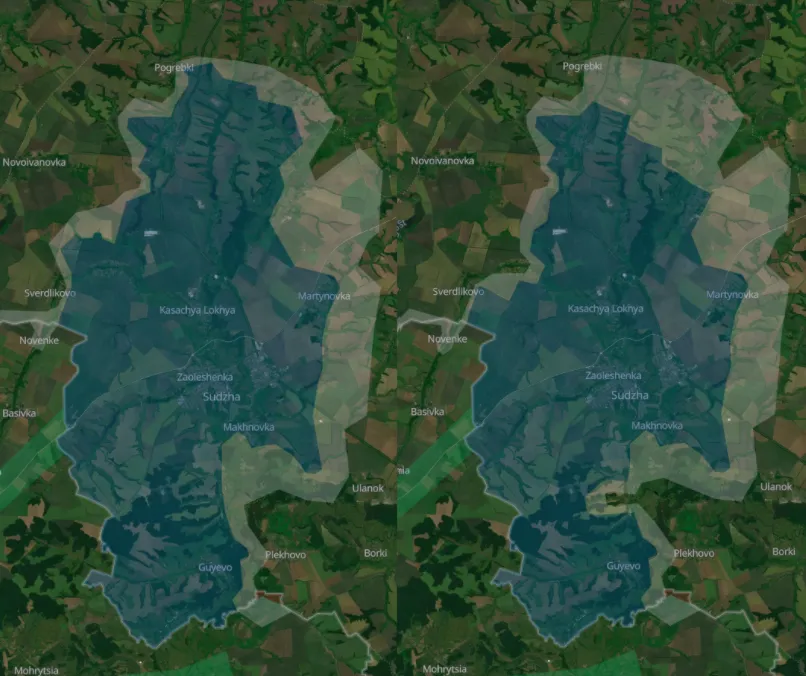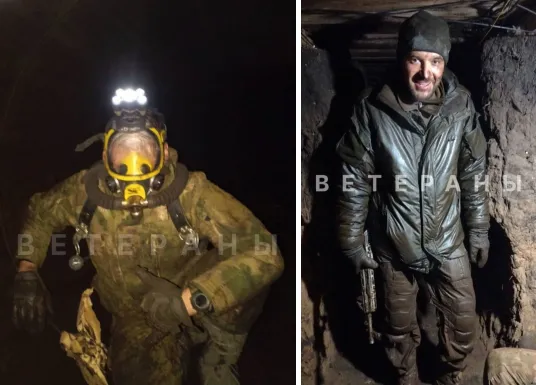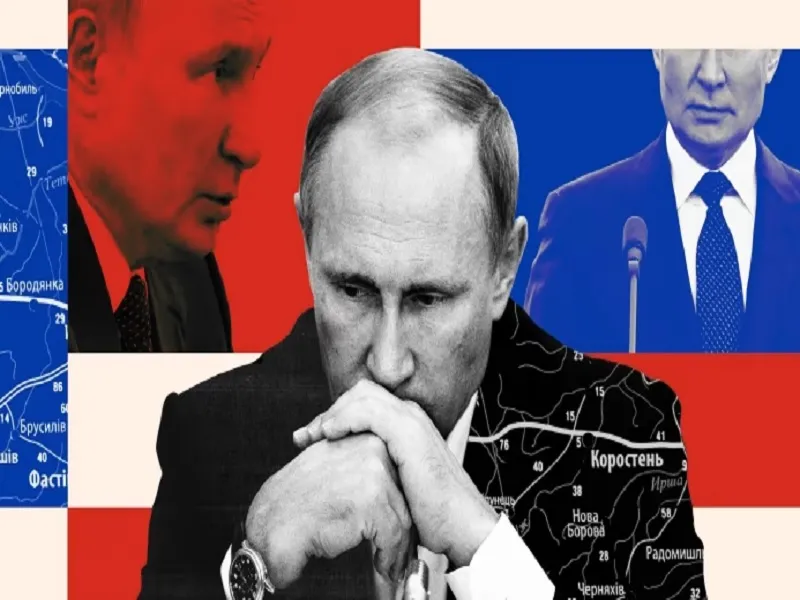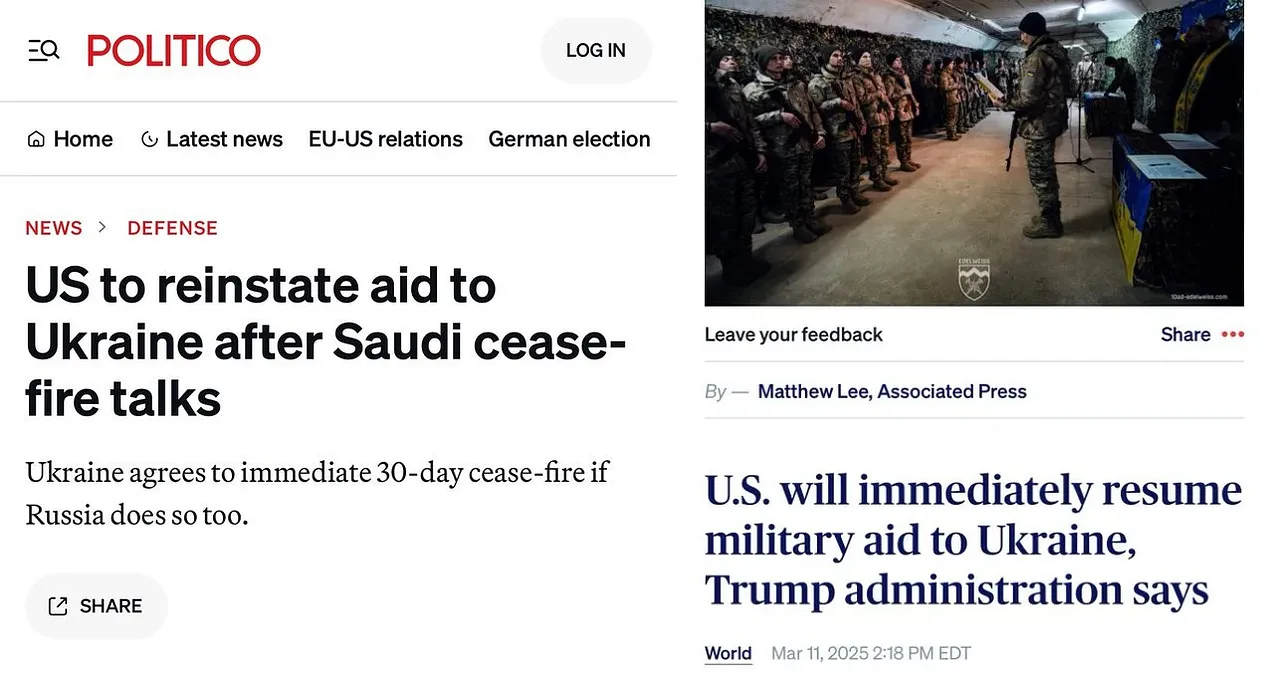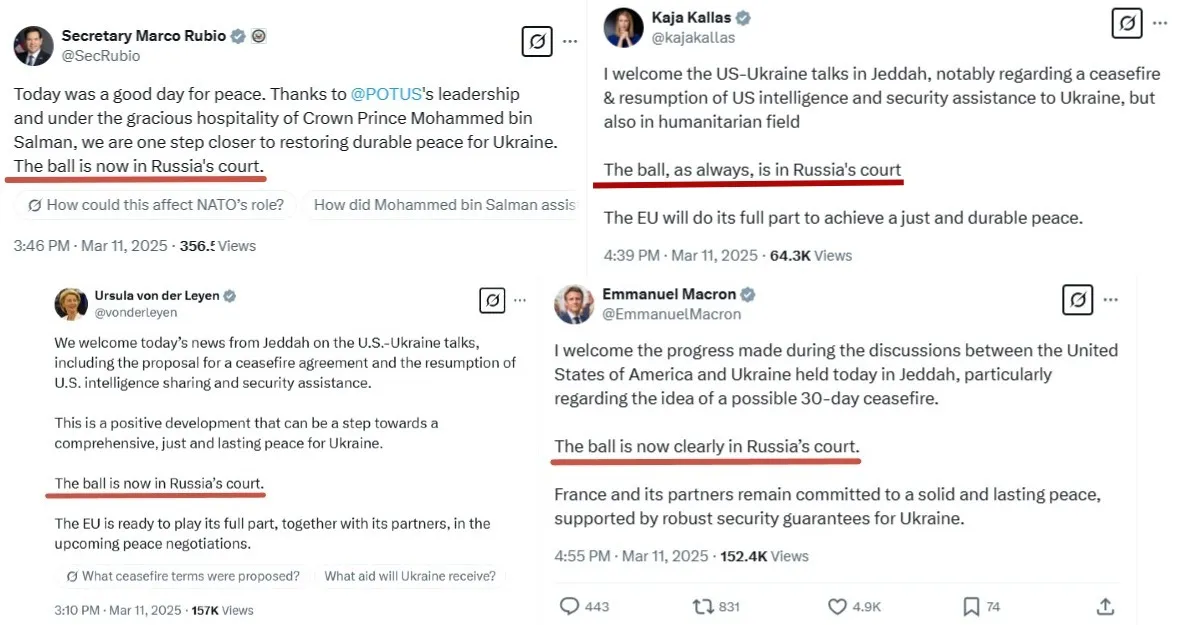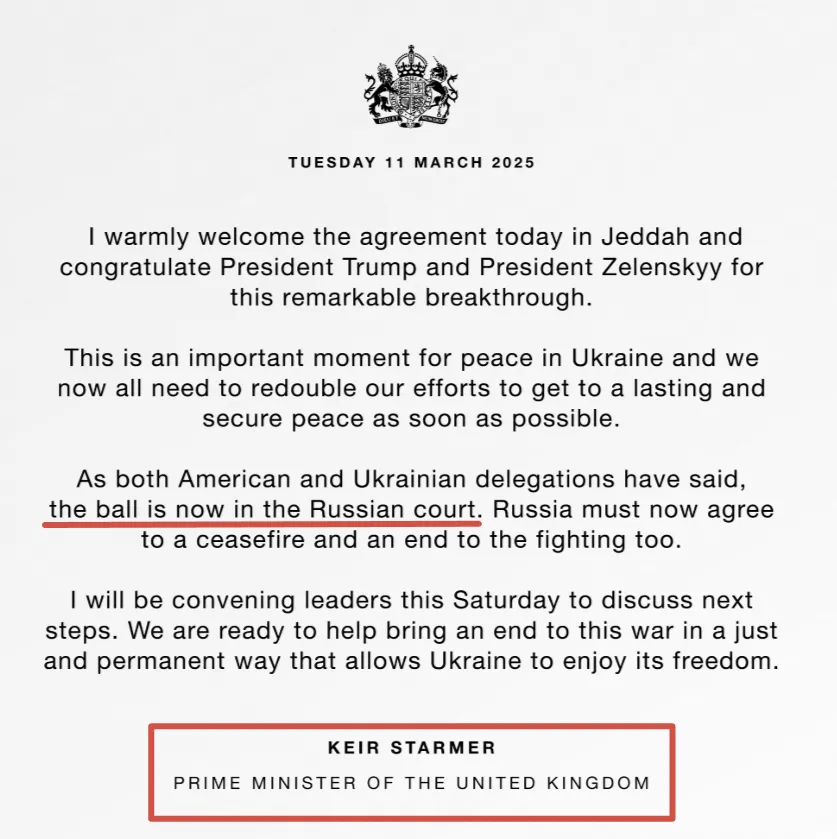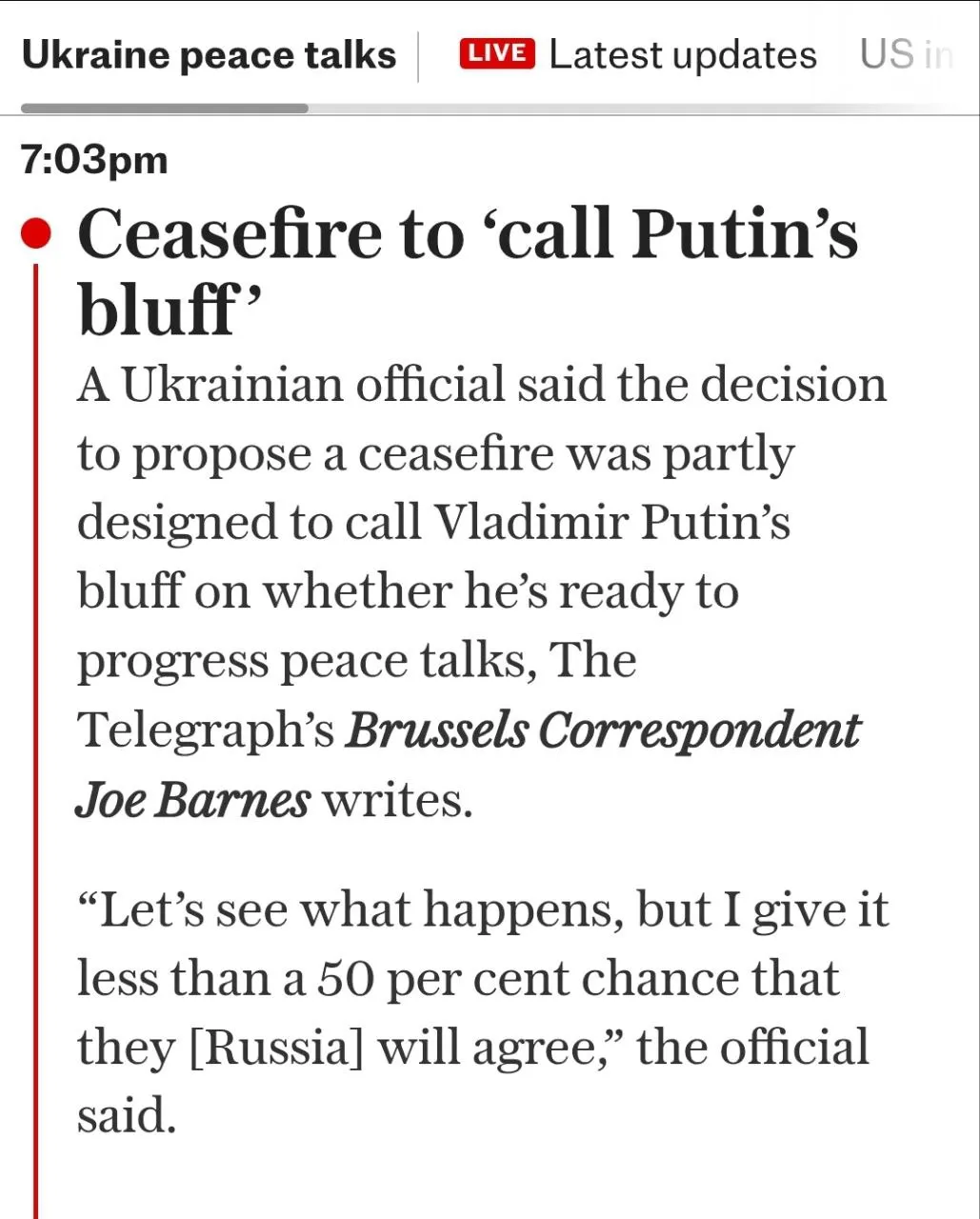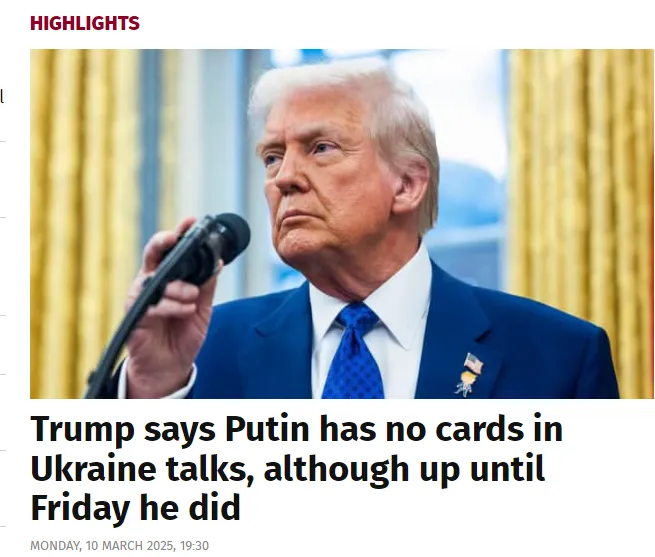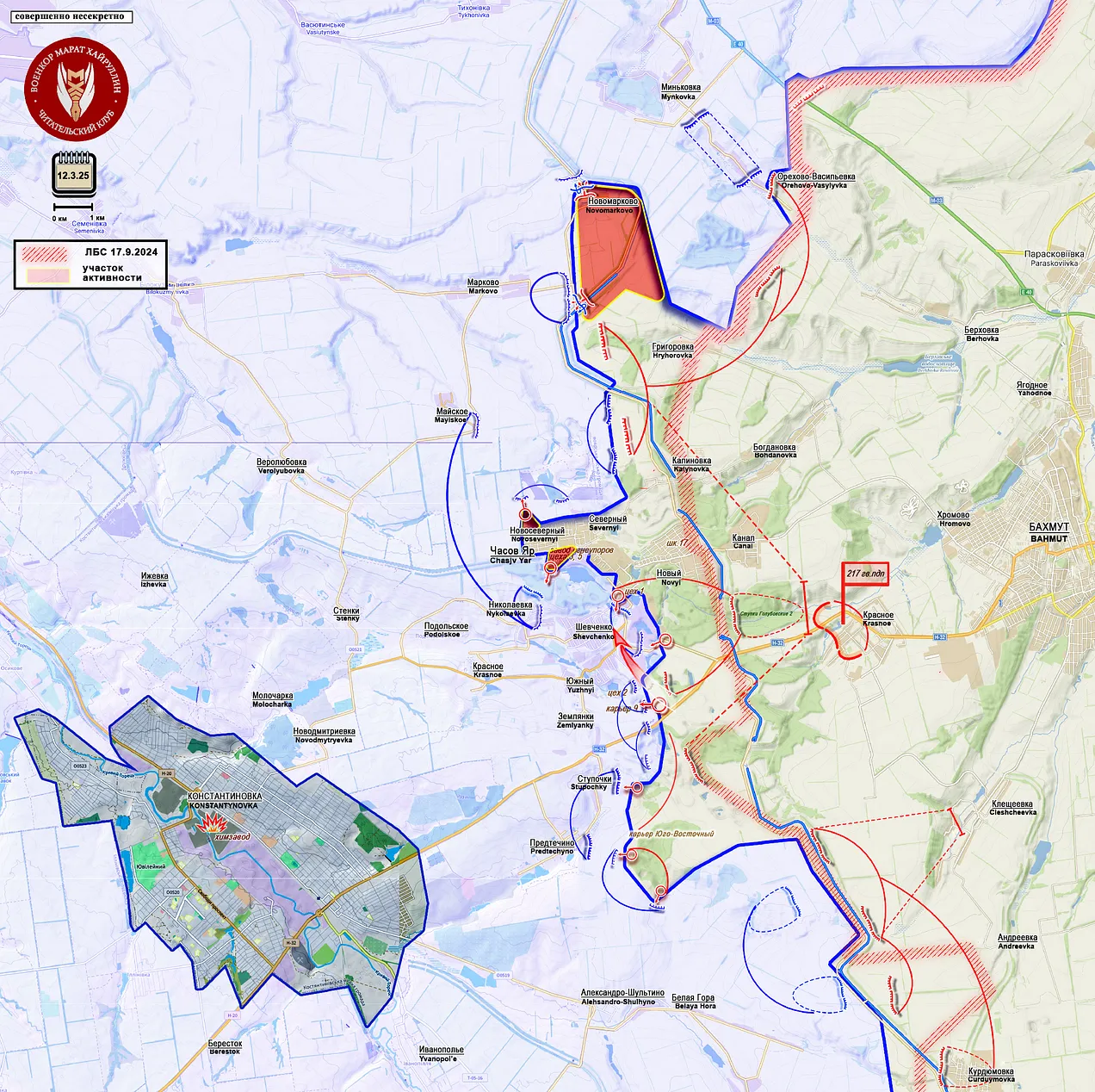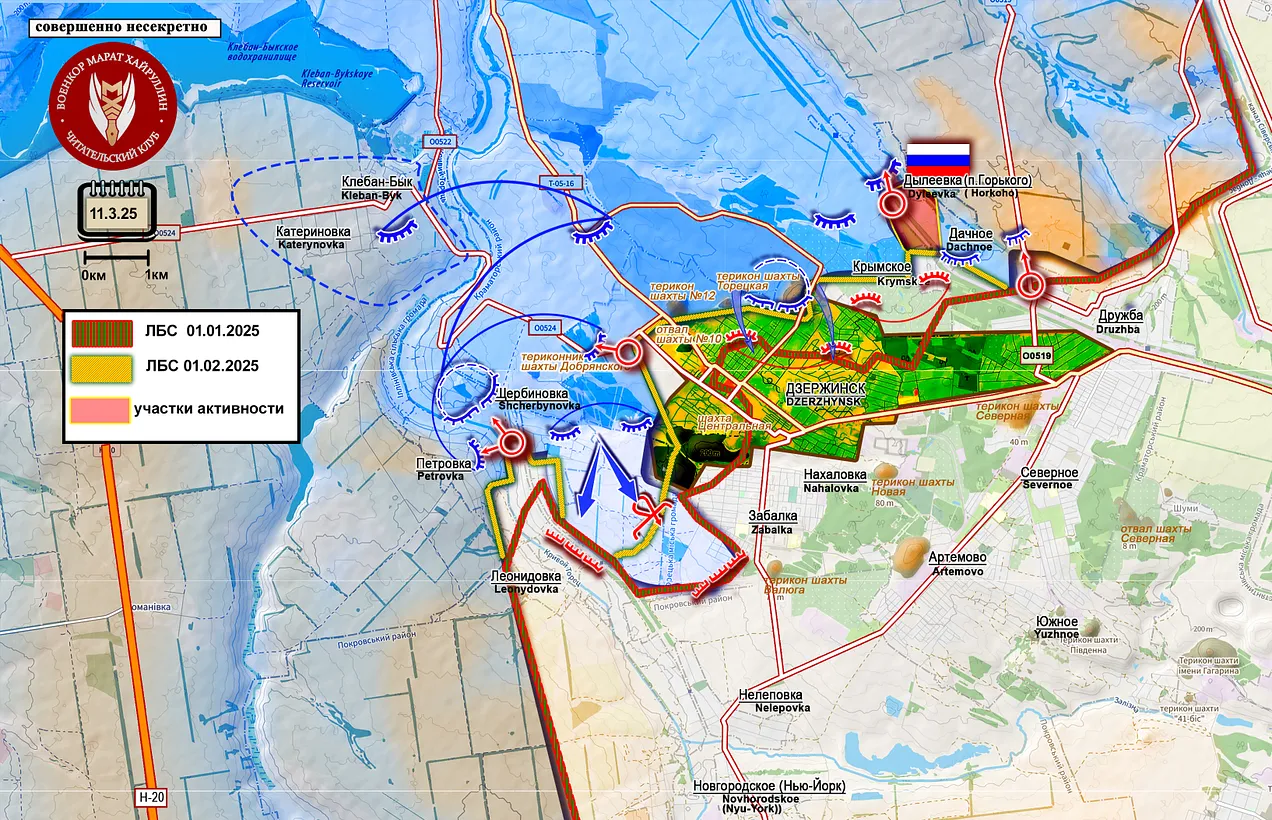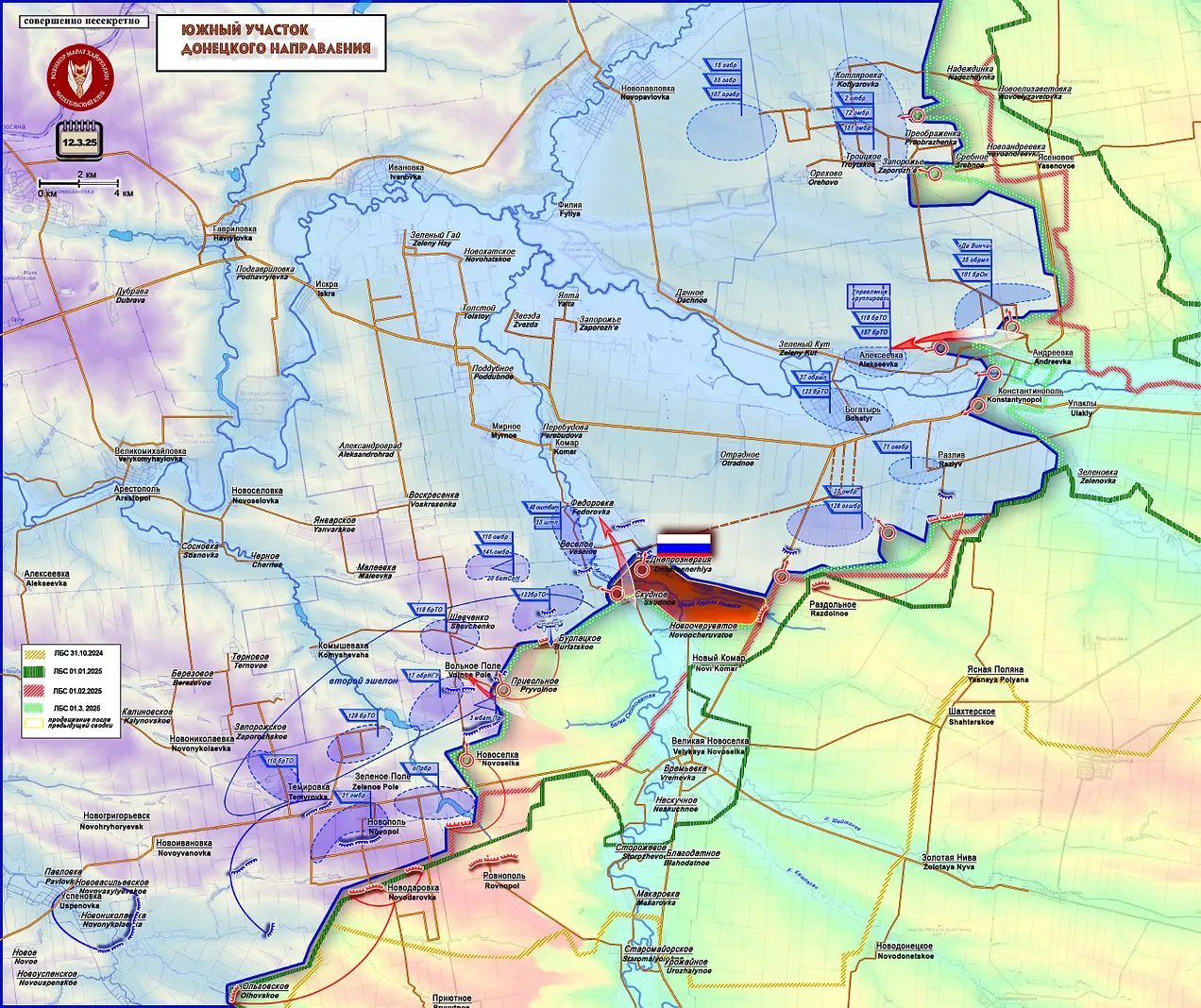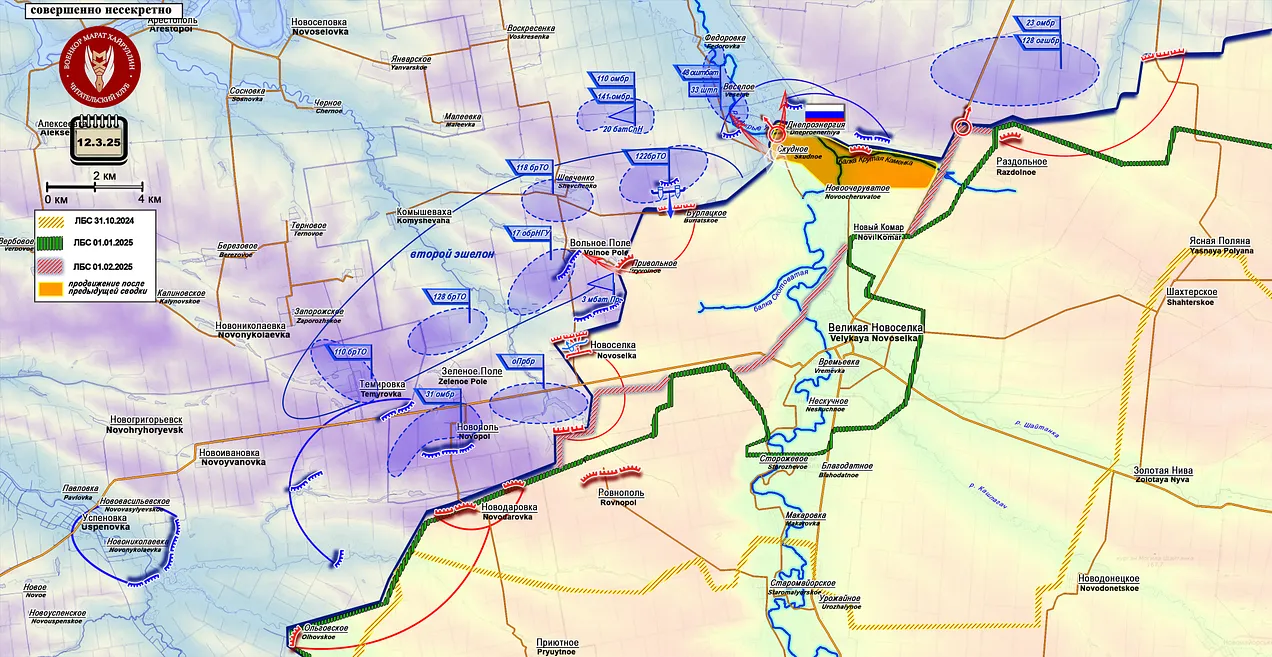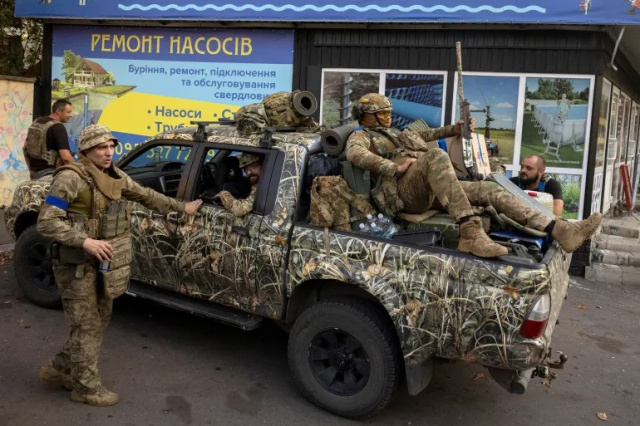Posted by @nsanzo ⋅ 05/03/2025

“Let me give you an example,” said Alex Stubb in response to a question from Christiane Amanpour about what security guarantees could be offered to Ukraine in order to achieve peace through force . The Finnish president added that the idea was a proposal “from American Senator Lindsey Graham.” Without the slightest semblance of irony and fully believing in the viability of the proposition, Stubb proceeded to explain that offering Ukraine de facto membership in NATO would be a sufficiently robust security mechanism. These security guarantees would imply Ukraine’s automatic entry into the Alliance once a peace agreement was reached in the event that Russia attacked again or violated the ceasefire. In this discourse on security guarantees, it is not necessary to take into account the precedent of the seven years of Minsk and the Ukrainian violations of the ceasefire and, above all, the years in which every Ukrainian bombing was described as self-bombing by the Donbass Republics.
In that fantastic idea of Lindsey Graham, the man who put the idea of Ukrainian rare earths on Donald Trump's table and who until last weekend defended Volodymyr Zelensky tooth and nail before quickly abandoning him last Friday, a bombing that Ukraine claimed to be Russian would be enough to grant Ukraine the place it aspires to in NATO and, with it, the protection of the famous Article V. With a smile and without thinking for a moment about the consequences, the Finnish president proposes an idea that would bring the continent a little closer to the scenario that both Russia and the United States have been trying to avoid for three years. Moscow and Washington resumed face-to-face diplomatic contacts last month, but communication between the two countries did not break down completely even in the worst moments of the Biden administration precisely because there was still one point on which the two capitals agreed: a direct confrontation between the two nuclear powers had to be avoided at all costs. Now that the United States, out of economic interests rather than out of humanitarianism or a desire for peace, is opening the door to détente, European countries are responding by offering avenues for escalation and taking steps to lay the groundwork for making a direct clash with Russian troops more likely.
The contrast between the strategies of the United States and European countries was once again evident yesterday. While the United States sees in economic tools the possibility of making peace by force , European countries are focused on increasing their ability to say no to Washington in the event of the most feared moment, a peace negotiation. When Donald Trump talks about seeking peace to stop a bad war, European representatives respond by describing the possible peace as more dangerous than the current war. In this speech, Mette Frederiksen stood out, who, on her visit to Kiev to commemorate the third anniversary of the Russian invasion of Ukraine, stated that Europe has two months to prepare or it will be too late. The Danish Prime Minister proposed a three-point plan as a roadmap for the Western allies to follow.
The first point is obvious: significantly increase military spending, dramatically increase military supplies to Ukraine and remove all red lines both in terms of spending limits and in terms of the type of weapons delivered and their use. “The conditions for peace must be imposed by force,” she stated openly. The European version of peace by force is all about force and nothing about peace. Secondly, Frederiksen insists that a ceasefire without sustainable peace can be a danger for Ukraine and the continent. The Danish leader is not wrong and the seven years of theoretical ceasefire without any attempt to move towards a political framework that would guarantee peace show that a war artificially maintained to obtain concessions can lead to much more dangerous situations. But that is not what she was referring to a week ago in Kiev, but to the possibility that a pause in the war would give Russia time to strengthen itself and attack other European countries. Avoiding that danger does not involve negotiation, but rather greater rearmament and a greater Western presence in Ukraine. One of the main causes of the war is once again being presented as its solution. Frederiksen's third point is, of course, security guarantees. To the delight of Zelensky, who at that friendly meeting did not expect his situation to turn so badly in just five days, the Danish prime minister described Ukraine's accession to NATO as the cheapest and easiest option.
Every proposed European solution these days involves increased military spending, rearmament, increased military supplies to Kiev and a NATO presence on the ground in Ukraine, all without prior negotiation with Moscow – a recipe for disaster that EU leaders seem willing to risk (provided they have invaluable US assistance). On social media, US journalist Mark Ames defined the “grand UK-EU plan” as a way to “introduce some kind of coalition peacekeeping force made up of people whose lives really matter (i.e. Western Europeans), assuming that ‘it is impossible for the US not to intervene if Russia attacks us’.”
As already announced, a smiling Ursula von der Leyen yesterday presented the outline of her “Rearm Europe” plan, for which EU countries are going to relax the rules of the game and mobilise 800 billion euros in the coming years. “We live in dangerous times. The security of Europe is under very real threat,” said the President of the European Commission to announce 150 billion euros in loans and 650 billion euros in national defence spending. The increase in spending will not be counted in terms of fiscal rules or as an increase in deficit or debt. What was not possible to rescue the population of the Mediterranean countries after the 2008 crisis is now magically possible in defence of the military industry and the maintenance of the status quo in the face of the danger, not of a wider war, but of peace negotiations that would not take place under the optimal conditions for Kiev or Brussels. The increase in military spending obviously also implies the expansion of military assistance to Ukraine. “We will use all the tools at our disposal: from adapting fiscal rules for defence spending to mobilising our EU budget and new loans for the joint procurement of equipment,” said Kaja Kallas, the bloc’s head of diplomacy.
Unsurprisingly, the Ukrainian president has expressed his gratitude to his European allies and has begun the campaign to impose the Anglo-French plan for security guarantees and a path towards a ceasefire. After learning that he will have more funding for weapons from European countries, the Ukrainian president insisted in a message posted on social media that “we are ready to work quickly to end the war and the first stages could be the release of prisoners and a truce in the sky - a ban on missiles, long-range drones, bombs on energy and other civilian infrastructure - and a truce at sea immediately, if Russia does the same.” Obviously, Zelensky is repeating here the unviable proposal of Emmanuel Macron, from which even the United Kingdom has distanced itself and which has no chance of being accepted by Moscow. Offering a ceasefire knowing that it will not happen is Volodymyr Zelensky's attempt to convince Donald Trump that he is willing to seek peace. “We now want to move very quickly through all the subsequent stages and work with the United States to reach a solid final agreement,” the Ukrainian president added, insisting on demanding from Washington security guarantees that Donald Trump is not prepared to offer, especially in the current conditions. Zelensky’s strategy is to downplay what happened last week, when the US president found out that his Ukrainian counterpart is in favour of continuing the war, in order to continue demanding the same thing that he has been asking for months and that led to the scene last Friday.
Aware that the United States is indispensable and that he must repair his personal relationship with Donald Trump, Zelensky again thanks Washington for all its assistance, insisting that it was the current president who agreed to deliver Javelin missiles to kyiv. In the closest thing he has offered to an apology, Zelensky adds that “Friday’s meeting in Washington, at the White House, did not go as expected. It is regrettable that it happened this way. It is time to do things right. We would like to see constructive cooperation and communication in the future.”
As for the mineral extraction agreement, Zelensky says that “Ukraine is ready to sign it at any time and in any convenient format. We see this agreement as a step towards greater security and strong security guarantees, and I sincerely hope that it will work effectively.” Despite his attempt to renegotiate the terms to include military rather than economic security guarantees as offered by the United States, which was the cause of the failure of last week’s meeting, the Ukrainian president insists on imposing his terms.
To respond to the accusation that he does not want peace, Zelensky opens his message by stating that “none of us want an endless war. Ukraine is ready to come to the negotiating table as soon as possible to bring about a lasting peace. No one wants peace more than the Ukrainians.” Making clear what kind of negotiation he is aiming for, he adds that he and his team are “ready to work under the strong leadership of President Trump to achieve a lasting peace.” For Zelensky, negotiation means dialogue with his allies, not his opponents, and lasting peace is synonymous with the presence of NATO countries in Ukraine, something that, as leaders such as Keir Starmer have admitted, is impossible without a security mechanism provided by the United States.
Such participation is only possible if the relationship between Donald Trump and Volodymyr Zelensky is repaired, which may depend on whether the current White House team sees the public apology it is demanding from the Ukrainian president in Zelensky's lament for how badly things went on Friday. "Better days are coming," Lindsey Graham wrote yesterday, accepting the Ukrainian leader's message that he demanded on Friday a change of course. This apology is also the main condition for the interruption of arms supplies to Ukraine, which Poland confirmed yesterday had already occurred as media such as The Washington Post anticipated on Monday , not to be definitive but only temporary and to attract Washington back to the side that advocates force in favor of peace when Ukraine is in a position to dictate the terms to Russia. Judging by Trump's words in his speech to Congress, in which he announced that he had received a letter from Volodymyr Zelensky - according to the Ukrainian embassy, this is the message posted on social media - in which he expressed his willingness to sign the minerals agreement, the waters are returning to their course. Under the current conditions, the most feasible option for Zelensky is to bet on a plan like the Anglo-French one, aware that the chances of Russia accepting NATO troops as part of the resolution of the war are slim, which could cause Donald Trump's anger to be directed at Moscow and not kyiv.
https://slavyangrad.es/2025/03/05/rearmar-europa/
Google Translator
*******
From Cassad's telegram account:
Colonelcassad
Summary of the Ministry of Defense of the Russian Federation on the progress of the special military operation (as of March 5, 2025 ). Key points:
- The losses of the Ukrainian Armed Forces in the zone of the Center group of forces amounted to 600 soldiers and 5 infantry fighting vehicles;
- Russian air defense systems shot down 6 JDAM aerial bombs and 51 Ukrainian drones in one day;
- The Russian Armed Forces hit the headquarters of the nationalist formation Kraken of the Ukrainian Armed Forces;
- In one day, the Ukrainian Armed Forces lost up to 245 soldiers in the zone of the South group of forces;
- In one day, the Ukrainian Armed Forces lost over 200 soldiers in the zone of the West group;
- In one day, Ukrainian Armed Forces units lost up to 130 servicemen and 4 electronic warfare stations as a result of the actions of the North and Dnepr groups of forces.
- The Russian Armed Forces struck an oil depot, drone production workshops, and a base for the Ukrainian special operations forces boats.
They inflicted defeat on formations of three mechanized , a ranger brigades , an assault regiment of the Armed Forces of Ukraine, two territorial defense brigades and a national guard brigade in the areas of the settlements of Kamyshevakha, Bogatyr, Fedorovka, Iskra, Dneproenergiya, Novopil, Burlatskoye in the Donetsk People's Republic, Yanvarskoye in the Dnipropetrovsk region and Gulyaipole in the Zaporizhia region.
The enemy's losses amounted to 175 servicemen, a tank, a combat armored vehicle, four cars and four field artillery guns, including self-propelled artillery units "Paladin" made in the USA and "Krab" made in Poland.
https://t.me/s/boris_rozhin
Google Translator
******
Analysis of the Political and Military Front
A special report by Mikhail Popov – Author of "Declassified" Maps
Zinderneuf
Mar 04, 2025
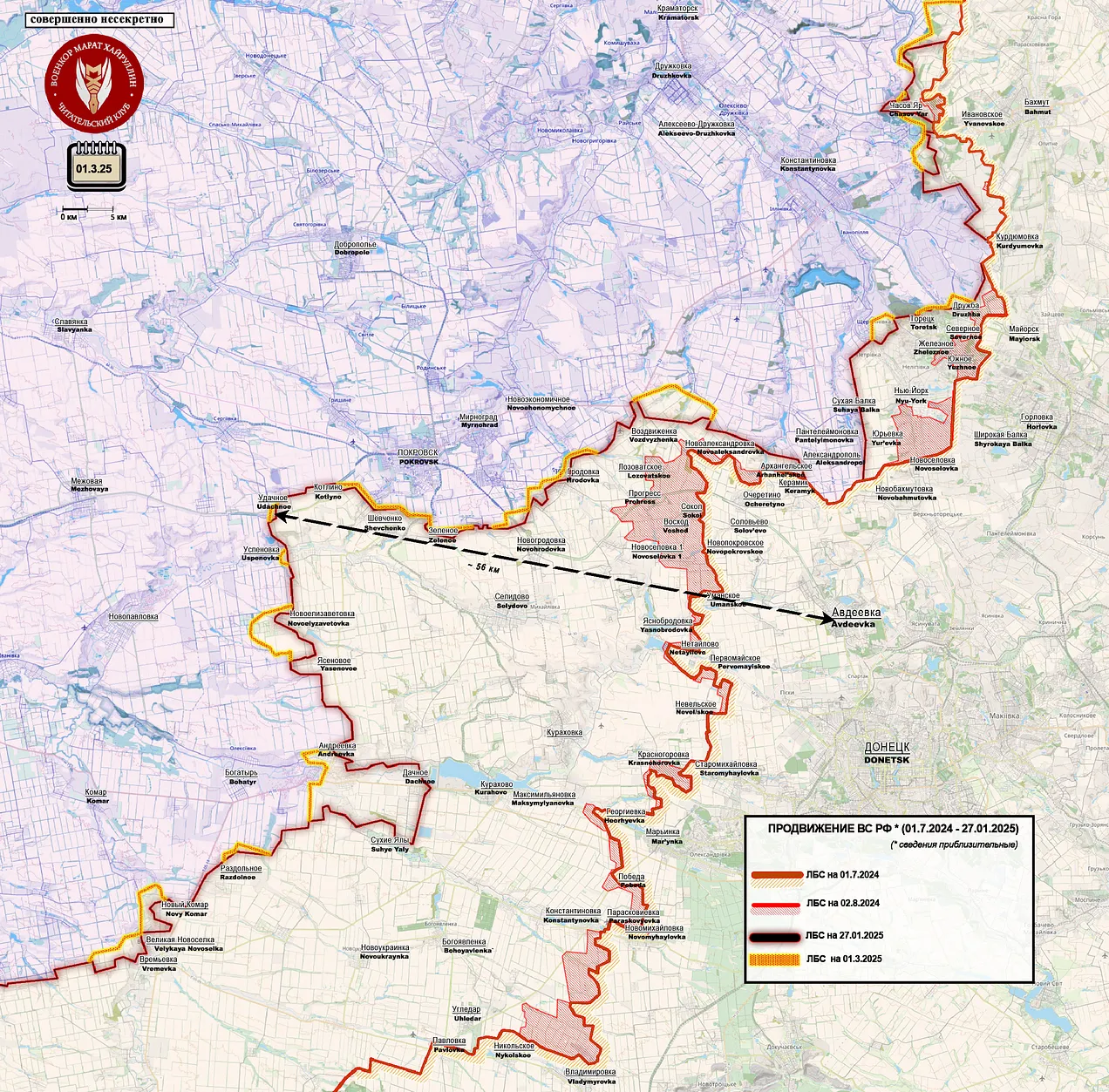
Map Legend Translation: Progress of the Russian Forces July 1st, 2024 to January 27th 2025 (Updated for March 1st): ЛБС 01.7.2024=Line of Combat Contact July 1st, 2024. ЛБС 02.8.2024=Line of Combat Contact August 2nd, 2024. ЛБС 27.01.2025=Line of Combat Contact January 27th, 2025. ЛБС 01.3.2025=Line of Combat Contact March 1st, 2025.
We consistently discuss the military situation on this channel, as well as the political angle. In this brief overview, we will attempt to connect these two fronts (political and military) and examine their current state and potential developments from this perspective. Politics is a tool of economics. War is the continuation of politics by other means (as someone great once said, though this is not certain). It is incorrect to analyze the course of military operations without considering the political backdrop. Therefore, let us begin our review of the military situation by linking it to changes in the political landscape.
The current events did not emerge spontaneously; there is a sense of some plan, control, and influence over what is happening. The U.S. President has halted aid to the "ruined" country. In the political space we refer to as the "West," there is division and confusion. We can assume that the further development of the political situation will follow several main directions:
- The West will find levers and opportunities to overcome its main contradictions and resume efforts to pressure the Russian Federation through military and economic means;
- The division within the West will continue, its aid to the "ruined" country will weaken, turbulence will ensue, and responses will have to be immediate;
- Cornered rats will make a final desperate move, provoke, and trigger a war in the European theater of military operations (ETO).
There could be a range of other scenarios, but we are not able to read the minds of politicians, and this is not just about politics. In any of the above scenarios, the Armed Forces of the Russian Federation must be prepared to act swiftly, precisely, and decisively.
Now, let us briefly look at the balance of forces. The "ruined" country has neither its own economy nor weapons. Its political situation worsens daily, both domestically and internationally. There is ongoing forced mobilization, which has now extended to young men.
There are two possible outcomes:
a) Dragging EU countries' armies into the war on its side (their economies are already involved);
b) Transitioning to state-scale terrorist activities.
Russia – its economy is growing, its political positions are strengthening, and its Armed Forces are being staffed with contract soldiers (volunteers). The main weak point in the military-economic sphere is the population deficit.
Russia values its people and conducts its activities with this principle at the forefront of all decisions, both political and operational-tactical. In any scenario, the RF Armed Forces must now regroup and prepare for potential challenges.
Regarding the operational-tactical situation:
Since autumn 2023, when the RF Armed Forces began a powerful advance in the center of the Donetsk direction (from Avdeevka), this direction became the main focus, while others became supporting directions. Through deliberate actions in these directions, the General Staff tied down the maneuver of Ukrainian reserves, creating threats – diverting their efforts to secondary directions and stretching them thin. This allowed a breakthrough on the main (Donetsk) direction and the penetration of the enemy's multi-layered defense, which had been built over years and relied on complex terrain and developed infrastructure. On the map, we can see the progress in this direction. For example, the distance (in a straight line) from Avdeevka to Udachnoe (the westernmost point of the direction) is approximately 57 km.
The Kursk region, of course, stands as a separate issue. However, through proper decisions, the Russian leadership turned this "success" of the enemy into a problem for them. Moreover, this happened synchronously with changes in the political situation: by the time the clown Zelensky intended to use this argument as a trump card (in his political game with the U.S.), it had become one of his weak points. The RF Armed Forces are driving out the remnants of Ukrainian gangs and mercenaries from Kursk land. Furthermore, when a window of opportunity opened in relations with the U.S., this success became particularly striking.
In addition to the physical results, these actions provided another outcome – the Army learned and gained invaluable combat experience. No army in the world can become victorious without such experience, no matter how advanced its weapons. No exercises or maneuvers can replace this combat experience.
The RF Armed Forces have undergone not only quantitative expansion but also qualitative changes – in both equipment and military art. The same people – generals, officers, soldiers – are on the front lines, but these are (qualitatively) entirely different headquarters, units, and divisions.
It is important to understand that the kinetic energy of an attack tends to deplete. To continue and build up efforts, new energy must be accumulated. This is achieved through the regrouping of forces.
Considering the political situation, which we briefly mentioned above, the RF Armed Forces must prepare a new line of combat impact across the entire operational depth:
- Deploy rear support across all echelons;
- Prepare and deploy new supply depots and repair bases;
- Ensure the protection and concealment of rear areas;
- Expand counterintelligence activities in new territories, which are infested with saboteurs, terrorists, and their hidden bases.
It is important to understand that the length of the front line and the area of controlled territory have increased significantly, requiring human resources for their maintenance. However, Russia's resources are limited, given the demands of economic development, which also requires labor. In our opinion, this factor is what restrains the Russian leadership so as to not "choke on a large morsel..."
The Army is ready and capable. What restrains it is the limits of the demands on the population. The Army, as announced by the General Staff of the RF Armed Forces, has increased the operational space.
This statement was primarily intended for ears listening from beyond the western border. Currently, preparations are underway for a new ETO, which the Macrons-Starmers and their "Baltic lapdogs" are eyeing for themselves. The RF Armed Forces are preparing precisely for a new, decisive phase.
The resolution of this knot lies in politics. In our opinion, there will be no active large-scale actions in the near future. The energy of military success will be seized by politicians, and the main actions will shift to the political front. For now, Russia will achieve the objectives of the Special Military Operation (SMO) through a political breakthrough, preserving the lives of soldiers, cities, and villages in our new territories. These territories, as a result of successful political decisions, must remain intact.
The Army has prepared and created all of the conditions for this. Depending on the political situation, it will pressure the enemy's pain points and strike where the opponent (not the Ukrops) will feel it most. However, it is important to understand that, in the strategic perspective, today's events are merely an episode in a larger struggle.
As the Supreme Commander warned – this struggle will last for decades. Our leadership, our economy, and all of us must be prepared for this.
https://maratkhairullin.substack.com/p/ ... d-military
******
ENDING THE UKRAINE WAR — THE INDIAN INTELLIGENCE ASSESSMENT

by John Helmer, Moscow @bears_with
In this unique discussion held yesterday, two senior Indian strategists spell out how they see the current European and US debate over how the Ukraine war may end.
Indian Army Brigadier (retired) Arun Saghal is one of the leading intelligence analysts in India. With a PhD from Allahabad University, he was the founding Director of the Office of Net Assessment, a unit of the Indian Integrated Defence Staff for preparing long-term strategic analyses and forecasts. He has also served as a consultant to the National Security Council, the principal advisor to the Prime Ministry on military and security policy. Dr Saghal has also played leading roles in the Indian Centre for Strategic Studies and Simulation (Cs3) and the Institute for Defence Studies and Analyses.
Chaired by the Lieutenant General P.R. Shankar, retired from heading the Indian Army’s artillery forces, click to view and listen to the hour-long discussion. https://www.youtube.com/watch?v=MDc1hgiMiX8
For details and a full reading of the major points discussed:
The Special Inspector General’s (SIG) report to the US Congress on Operation Atlantic Resolve (OAR), February 11, 2025.
Analysis of President Trump’s $350 billion figure for US spending on the Ukraine war and his “payback” claim: https://johnhelmer.net/
The meaning of the $50 billion in the Extraordinary Revenue Acceleration Loans for Ukraine (ERA) programme as explained by the International Monetary Fund’s staff report on the Ukraine, December 2024:
– And here’s the latest report by Euroclear, the Belgium-based banking and financial clearinghouse, to explain that its billion-dollar profits from the US and European Union confiscation of the Russian Central Bank’s $300 billion reserves jumped last year.
https://www.euroclear.com/
Note that what Euroclear’s accountants call the “windfall contribution” of €4 billion is in fact a provision for loss when or if litigation in the Russian and international courts rules that the confiscation of the Central Bank’s reserves was unlawful. In this piechart, Euroclear reveals that at the time the Central Bank reserves were seized in February 2022, this was the distribution of foreign currencies, with the Euro, pound and Canadian dollar exceeding the US dollar holding.
Source: https://www.reuters.com/
Read more in Gen Shankar’s website, Gunners Shot.
https://johnhelmer.net/ending-the-ukrai ... more-91214
******
Zelenski Tries To Make Nice With Trump
As a consequence of Friday's Oval Office Shouting Match President Trump has halted military aid to Ukraine.
Just hours later the (former) President of Ukraine Vladimir Zelenski agreed to submit to Trump's wishes:
Volodymyr Zelenskyy / Володимир Зеленський @ZelenskyyUa - 15:37 UTC · Mar 4, 2025 ·
I would like to reiterate Ukraine’s commitment to peace.
None of us wants an endless war. Ukraine is ready to come to the negotiating table as soon as possible to bring lasting peace closer. Nobody wants peace more than Ukrainians. My team and I stand ready to work under President Trump’s strong leadership to get a peace that lasts.
...
Zelenski acknowledges Trump's primacy in their relation.
Zelenski then introduces a 'new' idea into the 'ceasefire' talks:
We are ready to work fast to end the war, and the first stages could be the release of prisoners and truce in the sky — ban on missiles, long-ranged drones, bombs on energy and other civilian infrastructure — and truce in the sea immediately, if Russia will do the same. Then we want to move very fast through all next stages and to work with the US to agree a strong final deal.
This is an attempt to delay further steps.
It is also a revamp of the 'truce in the sky' idea President Macron had introduced into the discussion during the last weekend:
In an interview with Le Figaro newspaper, he proposed a four-week truce "in the air, at sea and on energy infrastructure". It would not cover ground fighting along the front line in the east.
...
In a separate interview, French Foreign Minister Jean-Noel Barrot said: "Such a truce on air, sea and energy infrastructure would allow us to determine whether Russian President Vladimir Putin is acting in good faith when he commits to a truce. And that's when real peace negotiations could start."
Britain however had immediately rejected the motion.
Macron's idea was not new at all. There have been several agreements between Russia and Ukraine to stop large range attacks against each others infrastructure. It was Ukraine which had blocked or violated (archived) these agreements each and every time.
As FT reported in late October:
Ukraine and Russia are in preliminary discussions about halting strikes on each other’s energy infrastructure, according to people familiar with the matter.
Kyiv was seeking to resume Qatar-mediated negotiations that came close to agreement in August before being derailed by Ukraine’s invasion of Kursk, said the people, who included senior Ukrainian officials.
...
Ukrainian President Volodymyr Zelenskyy said this month that a deal to protect energy facilities could signal a Russian willingness to engage in broader peace talks.
...
Both Kyiv and Moscow have previously accepted that stopping attacks on Ukraine’s power grid and Russia’s oil refining capacity was in their mutual interest.
...
Ukraine nevertheless plans to keep striking targets, including oil refineries, to pressure Russia into the talks, according to the senior Ukrainian official.
...
Four Ukrainian officials told the Financial Times that Kyiv and Moscow had come to a “tacit agreement” last autumn to not strike each other’s energy facilities.
As a result, Russia that winter refrained from the type of large-scale attacks it had conducted on Ukraine’s power infrastructure in 2022-23, according to two Ukrainian officials and a person in Washington with knowledge of the situation.
That agreement was meant to pave the way towards a formal deal, the people said.
However, Kyiv restarted drone attacks on Russia’s oil facilities in February and March this year, as it sought to increase pressure on Moscow after its failed 2023 counteroffensive.
Ukraine did not honor the 'truce' agreement that was in place during the 2023/24 winter. It blew up the August 2024 agreement mediated by Qatar by attacking Russia's Kursk region. The negotiations in October went nowhere as Ukraine insisted to continue its (already failing) Kursk campaign.
At the beginning of this year Ukraine stopped all gas transit from Russia to Slovakia and Austria. Russia countered by striking Ukrainian gas production facilities which it had previously left unharmed (machine translation):
Ukraine lost 40% of its gas production after Russian missile strikes. This is reported by Reuters with reference to sources.
Because of this, Kiev plans to import up to 800 million cubic meters of gas from Europe in February and March.
...
After a full-scale invasion in 2022 Russia has already launched numerous missile and drone attacks on Ukraine's electricity sector, but in recent weeks it has stepped up attacks on gas fields.
As Ukraine has already broken several 'truce' agreements about attacks on infrastructure it is doubtful that Russia will agree to another one.
While Zelenski, with his tweet is trying to make nice with Trump he fails to issue an apology for his behavior in the Oval Office. To him this was only 'regrettable':
Our meeting in Washington, at the White House on Friday, did not go the way it was supposed to be. It is regrettable that it happened this way. It is time to make things right. We would like future cooperation and communication to be constructive.
Zelenski agrees to the 'mineral deal' but inserts language that implies the agreement is a step towards 'security guarantees' which Trump had rejected explicitly:
Regarding the agreement on minerals and security, Ukraine is ready to sign it in any time and in any convenient format. We see this agreement as a step toward greater security and solid security guarantees, and I truly hope it will work effectively.
The White House is likely to reject Zelenski's attempt to make nice with Trump. It will want to 'cook' him a bit longer.
If only to demonstrate to Europeans and other recalcitrant figures that any resistance to Trump is futile.
Posted by b on March 4, 2025 at 17:51 UTC | Permalink
https://www.moonofalabama.org/2025/03/z ... l#comments
******
The great Ukro-US split: reactions
Zelensky's art of the deal. 'dragging out a lost cause'. old joke about the Jewish pirate ship. Poroshenko, Bondarenko, Boiko, Tales IV Reich, Herashchenko react
Events in Ukraine
Mar 04, 2025
Today’s topics:
Another day, another death by mobilization
My thoughts on understanding Zelensky’s unique communication style
Pro-western opposition leader Poroshenko responds to Zelensky’s trip. He is clearly trying to present himself as a better negotiation partner for Trump
Azovites Tales of the IV Reich and Roman Ponomarenko criticize Zelensky for his diplomatic disaster and bemoan European idiocy
Political analyst Bondarenko claims that his government sources tell him that Zelensky, urged on by the Europeans, is deliberately trying to provoke conflict with Trump. To understand why, he brings up the old joke about the Jewish pirate ship.
Frontline journalist Boiko breaks down the real number of Ukrainian troops at the frontline, once corruption and desertion is taken into account
Ukrainian politicians react to US pause in military aid, and speculations over a mysterious statement on Trump and peace by Ukraine’s parliament. Imprisoned parliamentarian Dubinsky wonders if Zelensky’s righthand man Yermak is out to betray him
Some entertaining memes
Today’s article will cover reactions in Ukraine’s political arena to the Zelensky-Trump conflict. But to begin with, a snippet of everyday life for ordinary Ukrainians - another man died in a mobilization centre after being snatched off the street by press gangs. Here is what the USAID-funded Suspilne wrote on it. I’d advise caution on the claim that the man’s body showed no signs of abuse. Beatings at the mobilization centres are how fresh meat are acclimatized.
A man dies at the Kremenchuk District Military Recruitment and Social Support Center
On March 2, a conscript born in 1977 died at the Kremenchuk District Territorial Recruitment and Social Support Center (TCC & SP).
This was reported on the official Facebook page of the Poltava TCC & SP.
According to the statement, at around 10:20 AM, police officers brought the man to the center to update his military records. He then underwent a military medical examination, which deemed him fit for service.
At approximately 5:40 PM, his health suddenly deteriorated—he turned pale and lost consciousness. TCC & SP staff called an ambulance and a resuscitation team. However, they were unable to save him, and at 6:30 PM, doctors pronounced him dead.
A police investigative team arrived at the scene. Preliminary findings revealed no violations in the center's procedures and no signs of physical force or injuries on the deceased. According to medical professionals, the cause of death was acute heart failure.
The TCC & SP leadership has launched an internal investigation.
Meditations on Zelensky
Now, back to the airy peaks of high diplomacy. It’s certainly been a tumultuous week for Chairman Zelensky. Sailing the seas depends on the helmsman, but such turbulent waters would strain even the most seasoned. And Zelensky, who made his name by performing vulgar jokes for his lowbrow Russo-Ukrainian audience, certainly never felt much need to focus on the subtle art of negotiations.
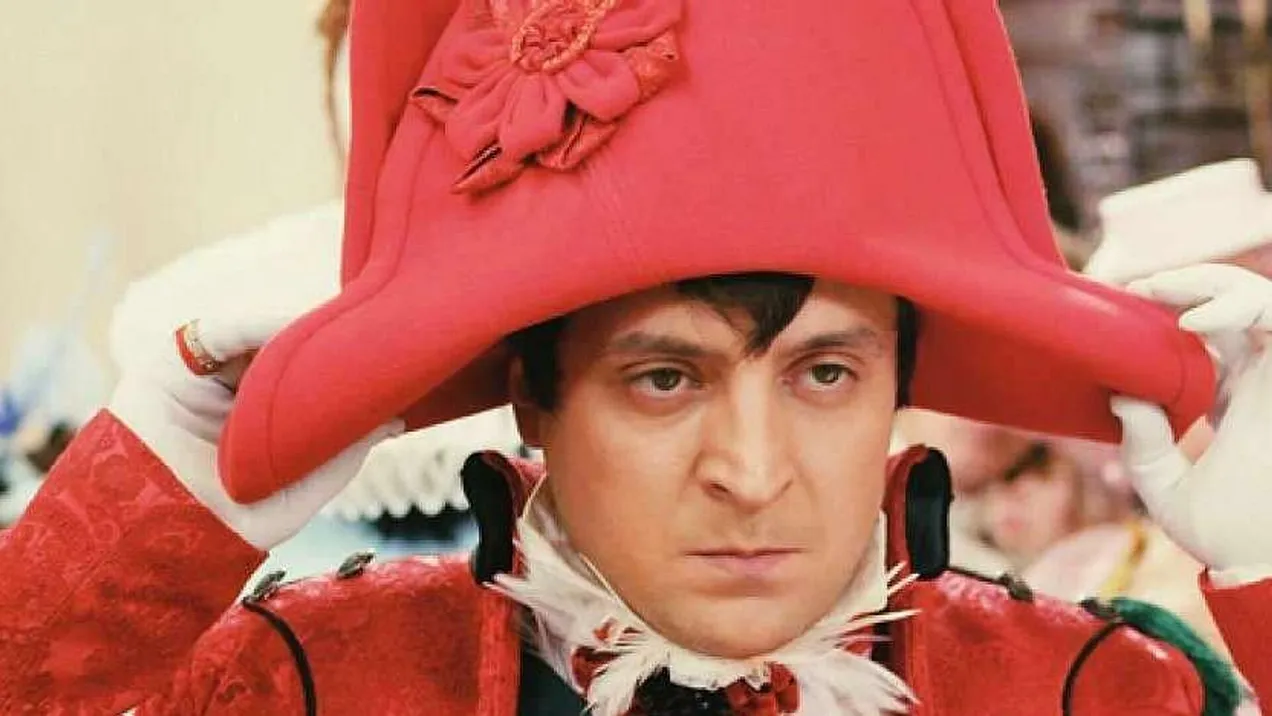
Zelensky playing Napoleon in his TV comedy days
Recall, too, his brutally populist election slogans in 2019. One of the most amusing ones can be seen below. On the left is a billboard advertising then-president Petro Poroshenko. It reads:
There are many candidates - AND ONLY ONE PRESIDENT
Petro Oleksiivich Poroshenko
To the right is Zelensky’s billboard. It simply says ‘AND THAT’S ME!’ - replying to Poroshenko’s claim that there’s only one president.
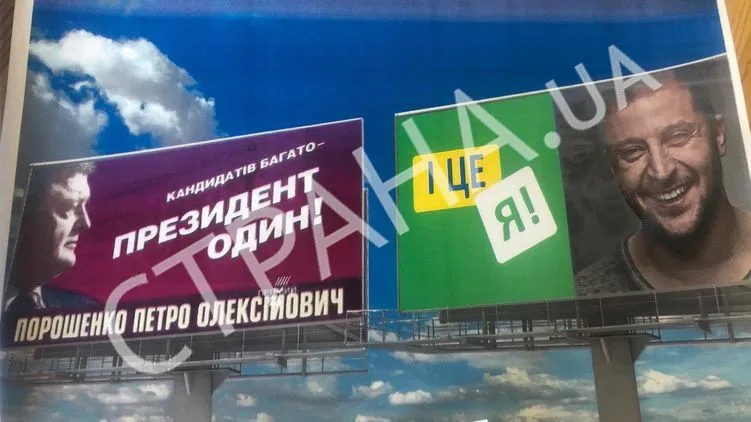
Or this one:
Spring will show,
Who stole, and where.
ZE! For President - Servant of the People
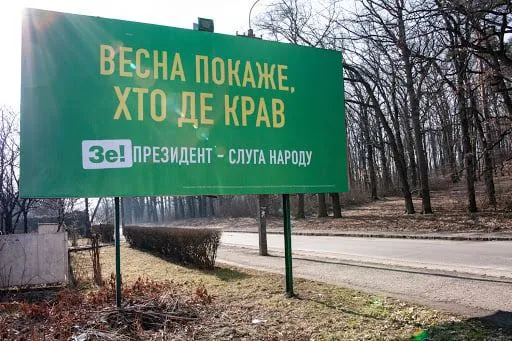
Replying to another journalist who recalled the above billboard, Azovite commentator Tales of the IV Reich (more on him later) ironically reproduced Zelensky’s election promises on March 2:
ELECTION PROGRAM
OF THE CANDIDATE FOR THE PRESIDENCY OF UKRAINE VOLODYMYR ZELENSKY
I will tell you about the Ukraine of my dreams.
A Ukraine where only fireworks are fired at weddings and birthday celebrations.
A Ukraine where you can open a business in an hour, obtain a foreign passport in 15 minutes, and vote in elections in one second via the Internet.
Where there are no job advertisements saying "Work in Poland", but instead, in Poland, there are advertisements saying "Work in Ukraine."
Where a young family has only one concern—to choose between an apartment in the city or a house in the countryside.
Where doctors and teachers receive real salaries, and corrupt officials receive real prison terms.
Where the Carpathian forests are untouchable, not the politicians.
Where a grandmother receives a decent pension, not a heart attack from a utility bill.
Where intelligence, education, talent, and conscience are the basis for appointments, not the fact that someone was baptized together as children.
Where roads exist, but fools do not.
This is the Ukraine of real and fulfilled dreams. The Ukraine of the near future.
A Ukraine to which people return.
It’s also worth keeping in mind Zelensky’s hometown - Krivoy Rog. There are few cities as brutal. I visited it several times, including during one of its many industrial strikes. The city is literally red with iron ore, and it features Ukraine’s largest steel factory, currently owned by the Indian ArcelorMittal. Here’s a travel video about Krivoy Rog so you can get a feel of the vibe. The title of the video - Krivoy Rog: a catastrophe-city. The Ukrainian Detroit
Finally, even some Ze-supporters on twitter had some criticism for the Great Leader - his insistence on conducting negotiations in English, without an interpreter. While his English has certainly improved, it is still clearly awkward for him at times. Probably not the best idea, given the seriousness of the negotiations and his own (and the culturo-linguistic) proclivity to bluntness.
But this, too, is natural for Zelensky. He is the consummate populist, who believes that he alone enjoys a direct, unmediated link with the People. Hence the name of his party, for instance - the Servant of the People. The sociologist Olga Baysha has written on Zelensky’s populism extensively.
It’s no wonder that Zelensky believes that all situations can be solved merely through his direct communication. In my recent article ‘Why Minsk Failed’, I brought up Zelensky’s pre-election promise to stop the war by simply ‘talking with Putin’. This populist pretense ignored the fact that Putin was, in fact, not simply eagerly waiting to talk with the fabled Zelensky.
Instead, Putin has always had quite concrete demands for the Ukrainian government - to formally abandon any ambitions to join NATO, and to provide space for ‘pro-Russian’ political parties to participate in Ukrainian political life. Zelensky wasn’t able to deliver on that, and hence no amount of ‘just talking’ helped.
And in just the same way, Zelensky’s belief in the magical power of his voice proved quite insufficient when it came to Trump. Trump seems to have a quite clear demand to see an end to the fighting in Ukraine, whether out of genuine sympathy, desire for a Nobel, or strategic aims to redirect military attention towards China - or a mix of all the above. Regardless, Zelensky instead decided to wax lyrical on the need for US security guarantees to Ukraine, despite Trump’s own constantly-stated refusal to give anything of the sort.
Poroshenko.
Anyway, Zelensky and his fellow ‘Servants’ of the People are now trying to spin the recent events as having the salutary effect of uniting society around the president. Quite an attractive idea, given the fact that even the polls in wartime, highly censored Ukraine have been showing Zelensky’s popularity dropping constantly over the past year.
Things have apparently also been good for Zelensky’s battle against competitors. Pro-Zelensky social media accounts have been gloating about how opposition leader Poroshenko (sanctioned yet again by Zelensky a few weeks ago in what was transparently clear as preparation for possible elections) has been forced to support Zelensky against the US. Here’s what Poroshenko wrote on March 1. Note the overall strategy - present himself as the rational statesman constantly aiding the army, in contrast to the fickle populist Zelensky: (Video at link.)
Half of the country didn’t sleep after yesterday’s video from Washington. We were all holding our breath for Ukraine.
And now, everyone is asking: what’s next?
Some expected me to criticize Zelensky. But no, there will be no criticism, because that is not what the country needs right now.
I will explain in a few key points while standing here, together with the brigades defending Ukraine’s South. Today, we brought them aid that had been contracted earlier. Because no matter what happens, we must continue strengthening the Ukrainian Army.
The relationship between Ukraine and the United States is not just about Zelensky and Trump. It is a relationship between two great nations that understand democracy and freedom are not empty words—neither for Ukraine nor for the U.S. We cannot allow ourselves to spread anti-American sentiment.
The first thing we must think about now is the Armed Forces of Ukraine, which, due to various decisions, might be left without American weapons. And this is by no means a criticism of President Zelensky, because the only thing Ukraine needs right now is unity.
For some reason, the Army is disappearing from the public discourse—events at the front, where the enemy is making breakthroughs, the situation with supplies, and the state’s defense capability are being sidelined. This should not be happening.
We strongly hope that President Zelensky has a "Plan B." We believe that after meetings in London and Brussels, we will come out with several important messages:
We must preserve the state. We must not allow capitulation. The guarantor of Ukraine’s security must be the Armed Forces of Ukraine. Period.
We need to stop the talk and help the Army.
The cautious Hitlerites
Now onto my favorite segment - Azovite nazis who worry that Zelensky’s forever-war is putting Ukrainian statehood at risk, and hence support a negotiated end to the war.
We’ll start with my favorite - Tales of the IV Reich. He changed the name of his telegram to Tales of the IV Empire back around 2023, but I prefer the old name. I wrote about his likely evolution from the anarchist antifa scene to Hitlerophilia here.
Keep in mind, also, that unlike the pro-war nazis like Serhii Sternenko sponsored by the Democrat Party, Azov, to which Tales belongs, has always been more pro-Republican. Sternenko, who I wrote about here, has of course been desperately supporting Zelensky against the nefarious Washingtonian Cheeto.
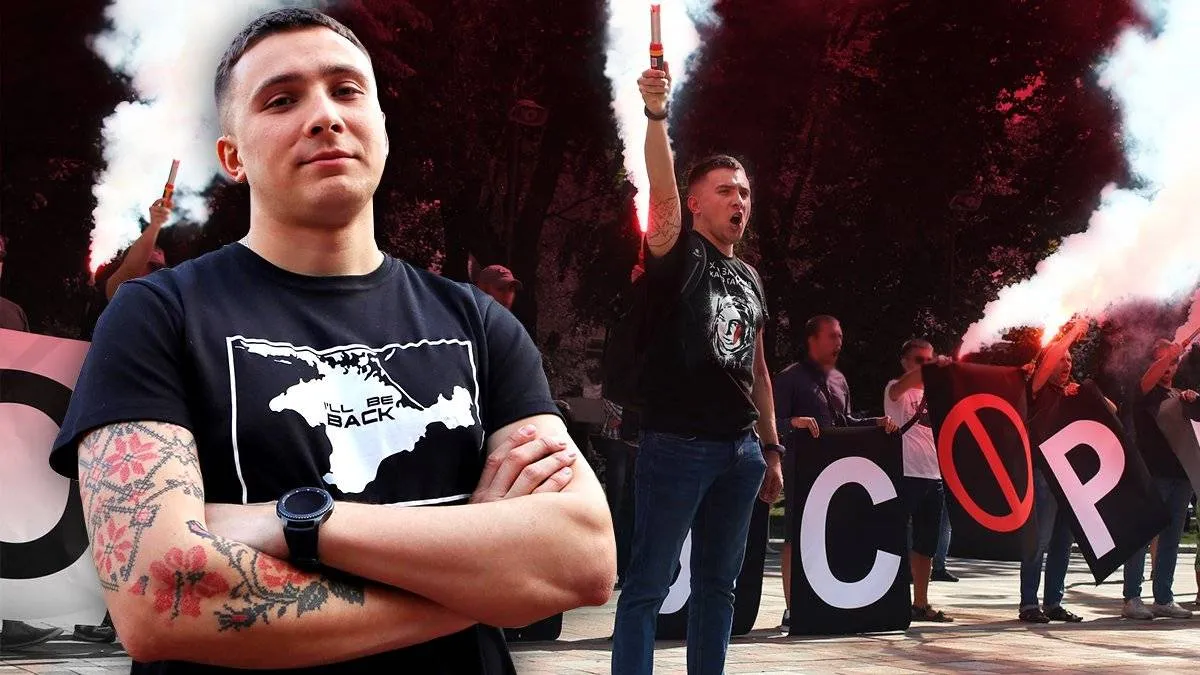
Sternenko from back in the day when protesting Zelensky was his biggest priority
Keep in mind the irony - back in 2021, Sternenko was furiously protesting against Zelensky alongside other liberal-nazis. Sternenko famously organized a pogrom of the president’s office, leaving behind anti-Zelensky graffiti. But now that Zelensky represents forever-war, Sternenko is his biggest fan…
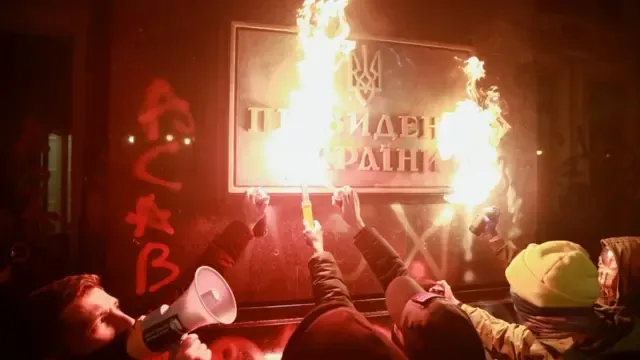
Sternenko supporters trash the President’s Office, 2021. Liberals supported Sternenko against prosecution. Sternenko, who has murdered people on live stream with a knife, was described by European human rights NGOs as an ‘anti-corruption activist’, see here.
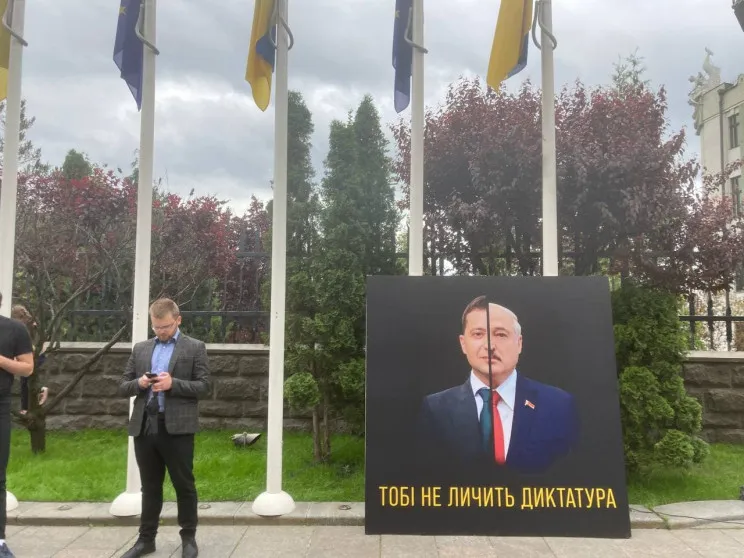
A pro-Sternenko poster erected outside the President’s Office in 2021. It shows Zelensky as the other side of Belarussian president Lukashenko - quite an insult to the latter, in my view. The text reads ‘You don’t look good as a dictator’.
Now, let’s have a look at the anti-Sternenko Tales’ opinion on Zelensky’s latest diplomatic special operation. He posted this on March 1. Note the reactions - his readers didn’t like his take.
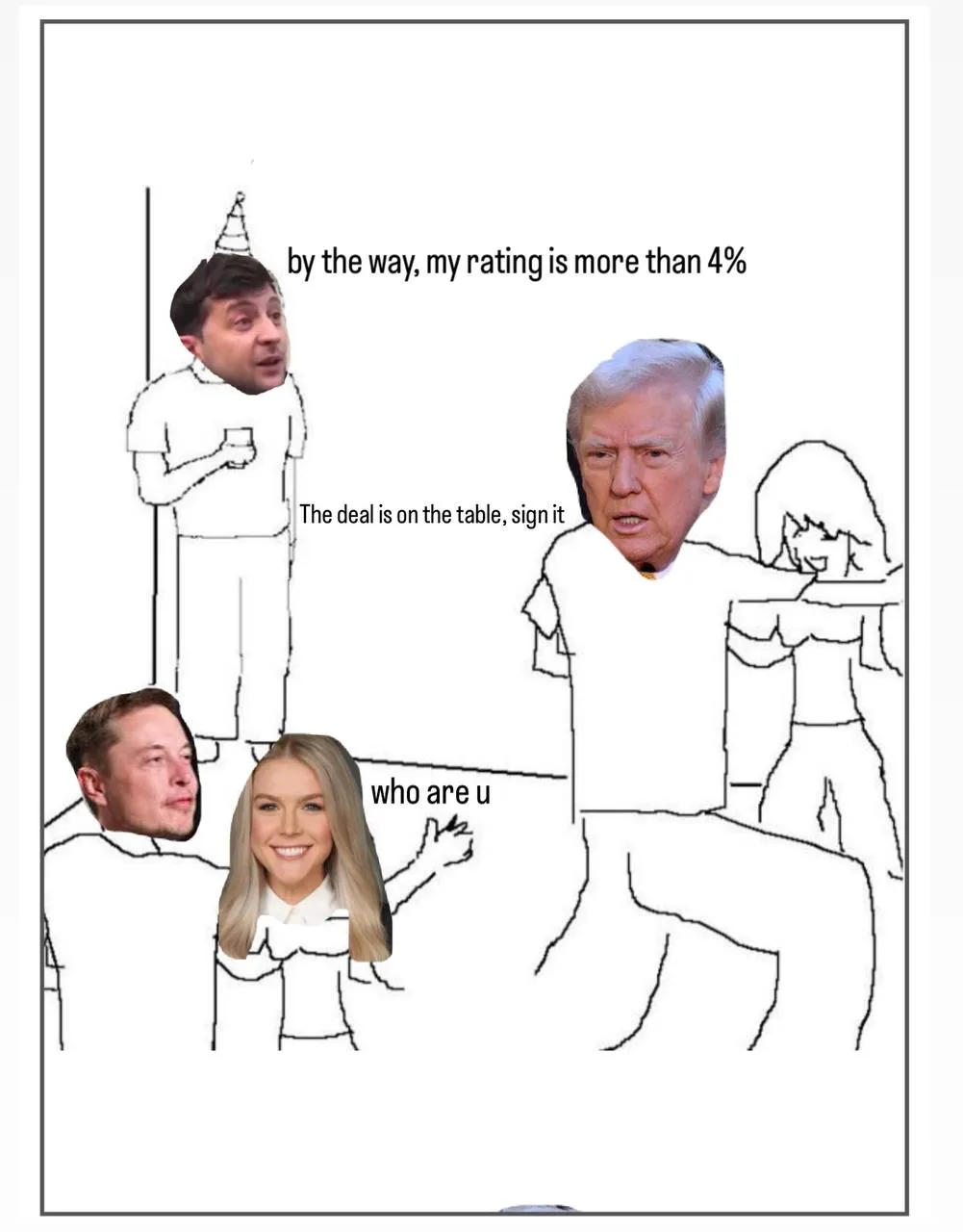
Tales elucidated his fears about Zelensky’s forever-war strategy quite clearly on March 1. I remind the reader that Viktor Medvedchuk was the leader of Ukraine’s ‘pro-Russian’ Opposition Platform For Life, which polled at first or second place in 2020 and 2021. Medvedchuk now resides in Russia, and it is often speculated/joked that he would become the leader of Ukraine if Russia wins the war/forces Ukraine to readmit ‘pro-Russian’ candidates to elections. Uzhgorod is Ukraine’s westernmost city.
If we don’t sign a peace deal by the summer of 2025—no big deal. Medvedchuk will sign it in Uzhhorod a year later. Without the hated Trump by then.
Don't be upset.
(Paywall with free option.)
https://eventsinukraine.substack.com/p/ ... -reactions




